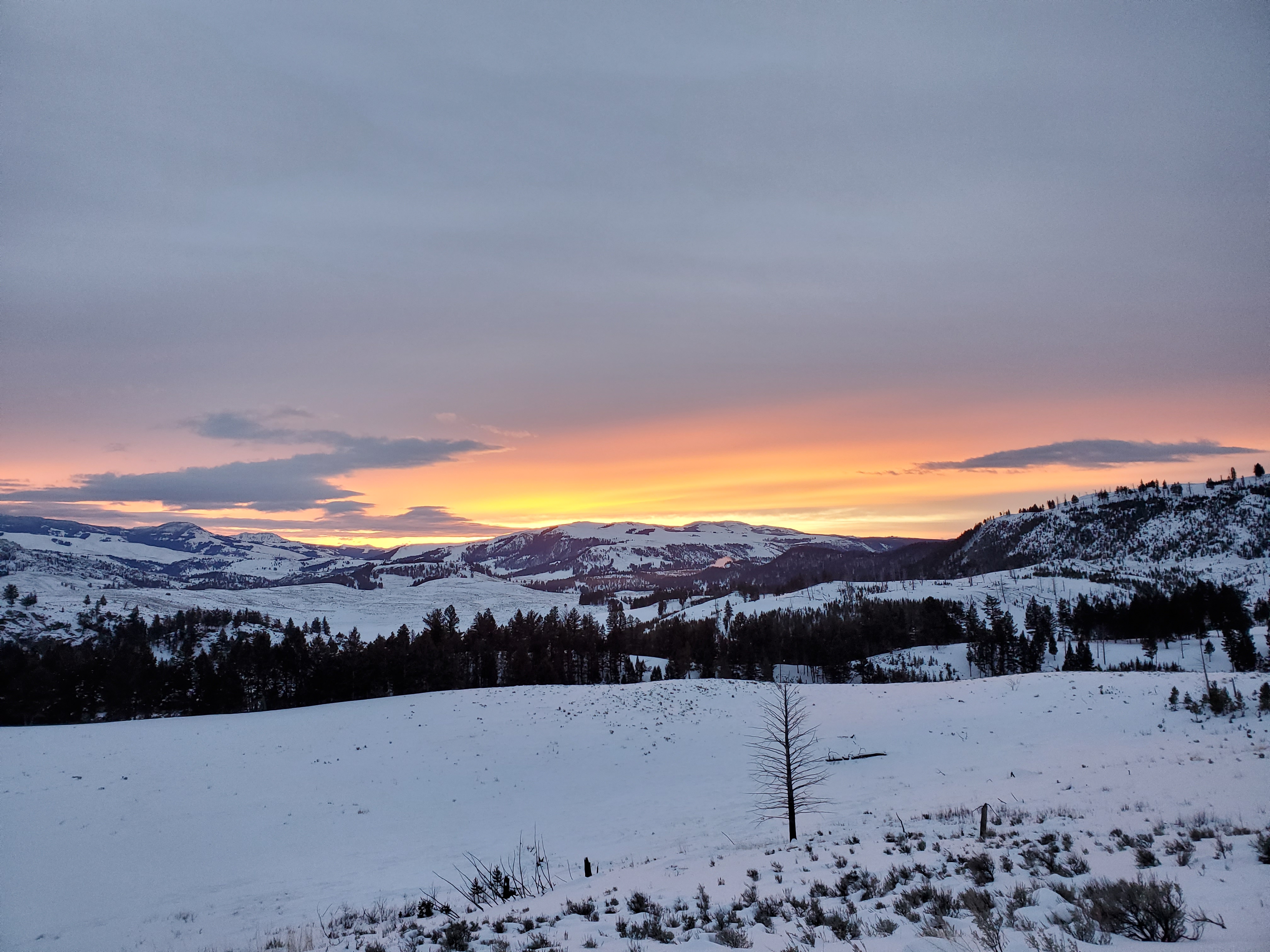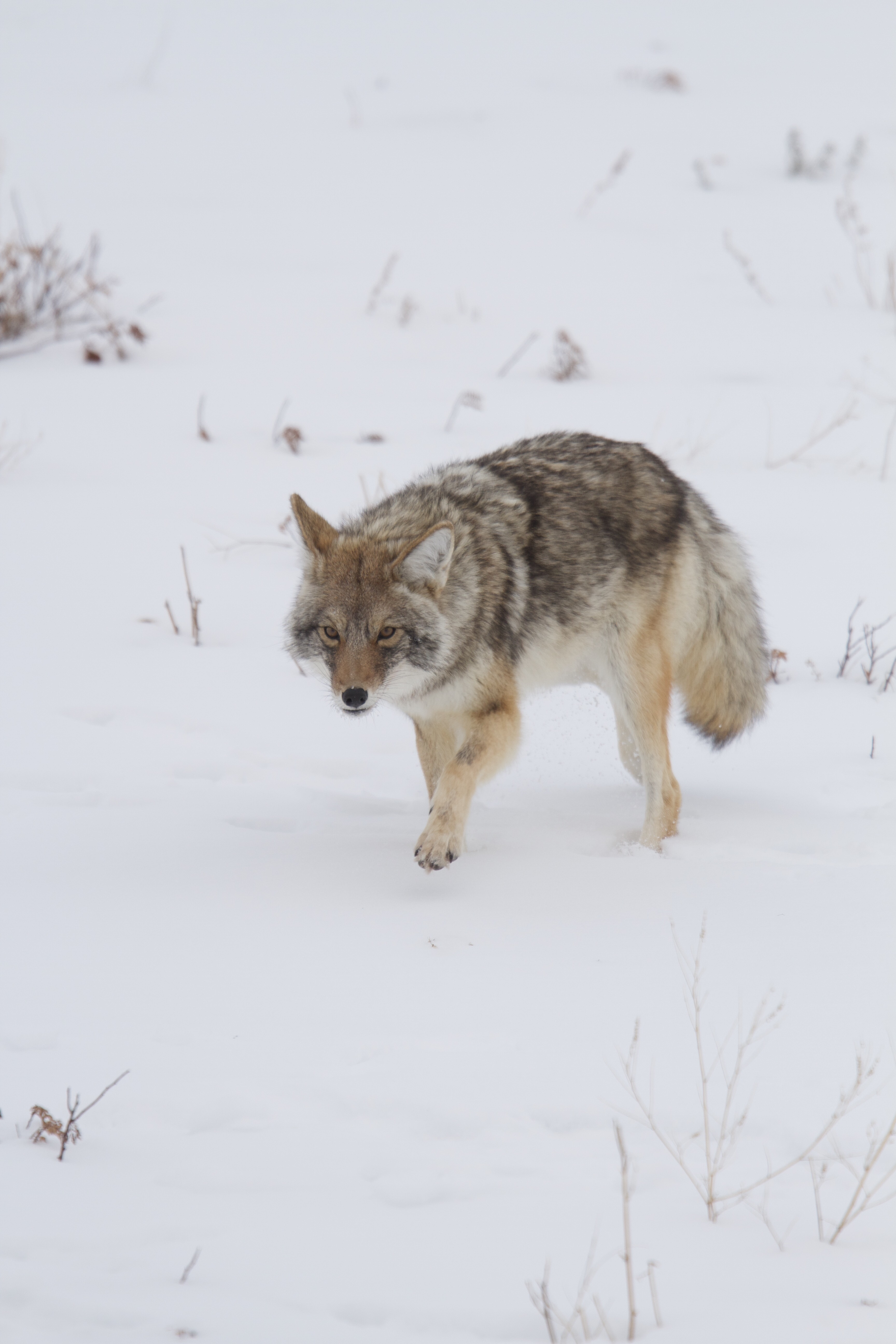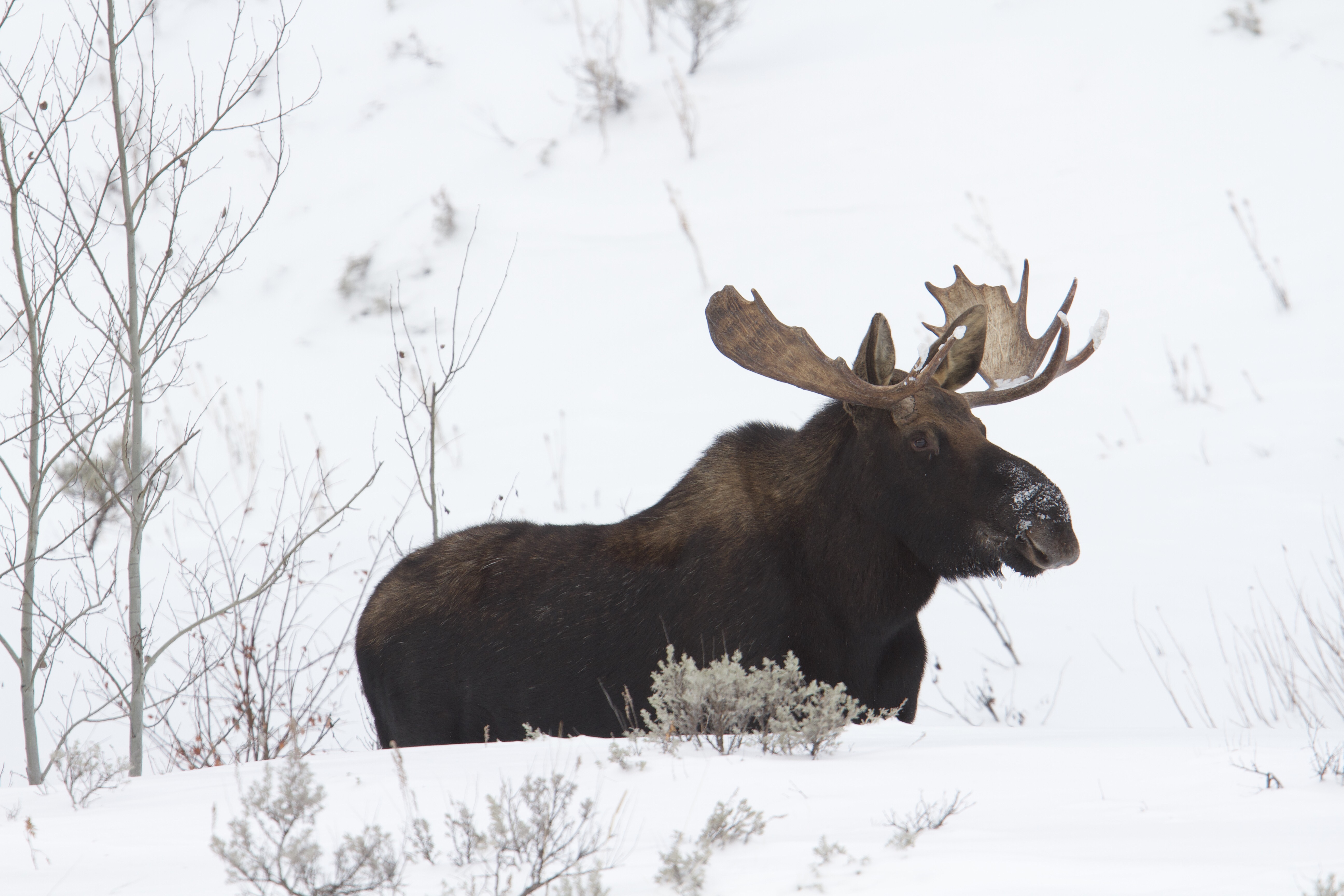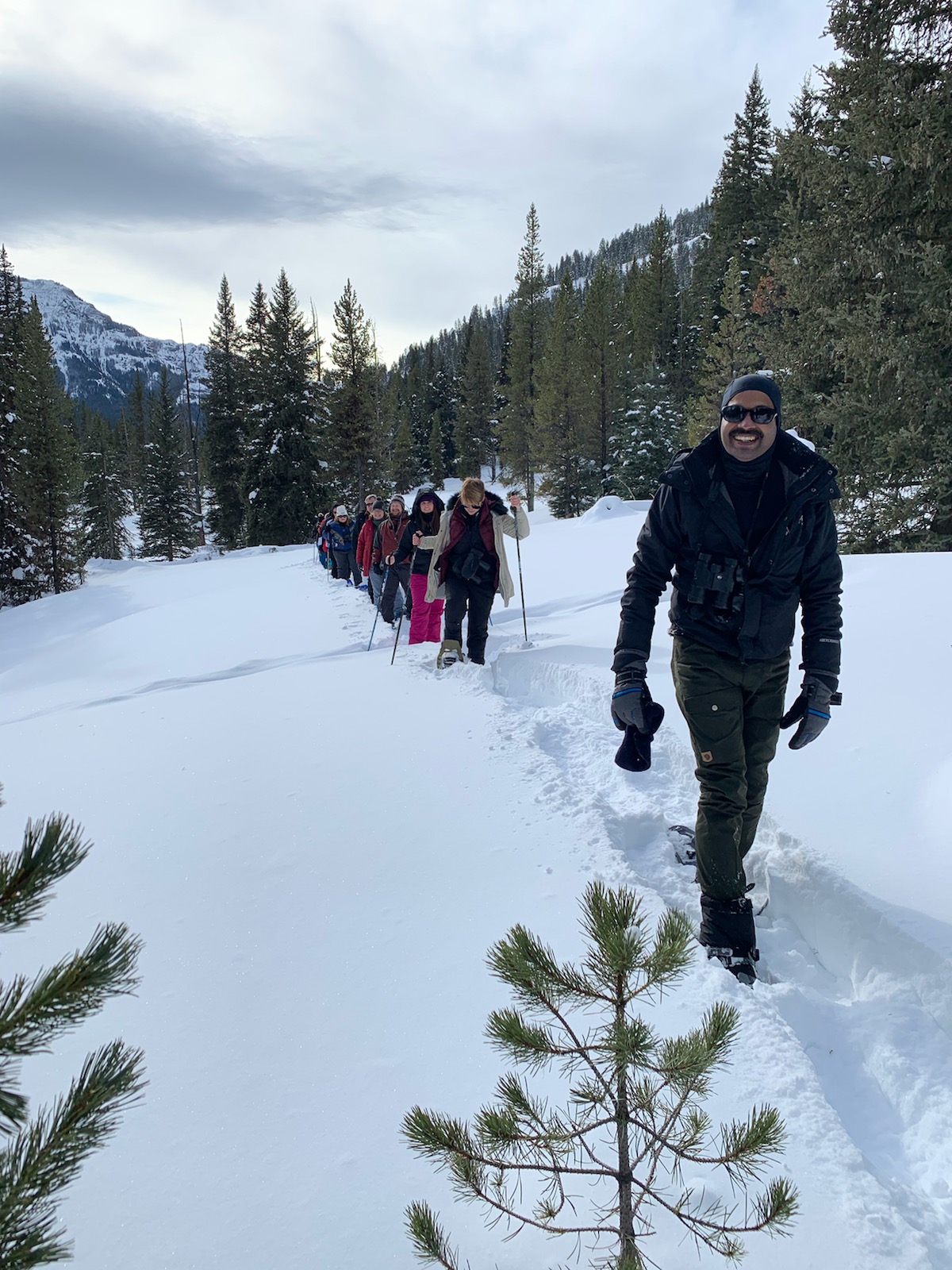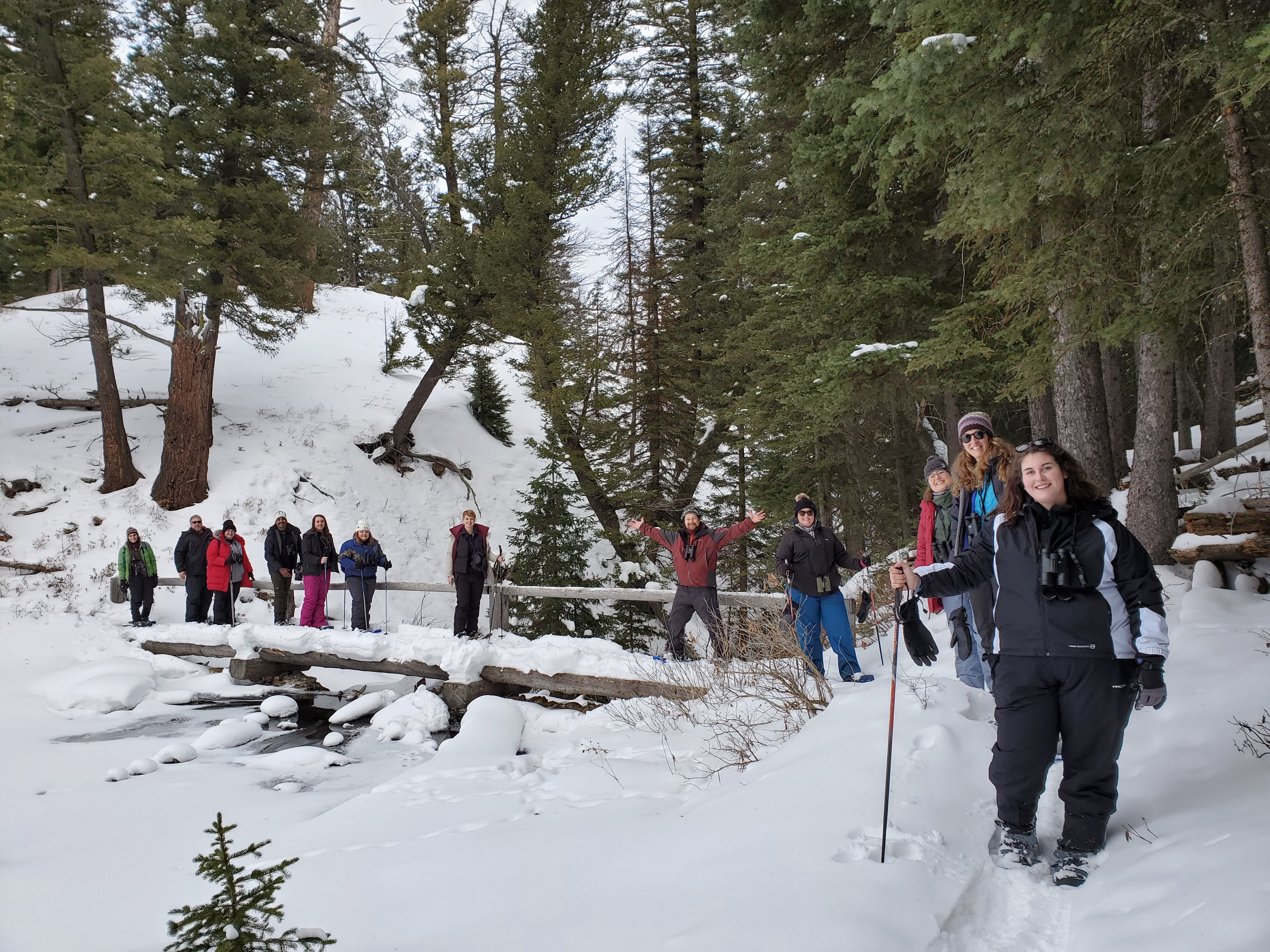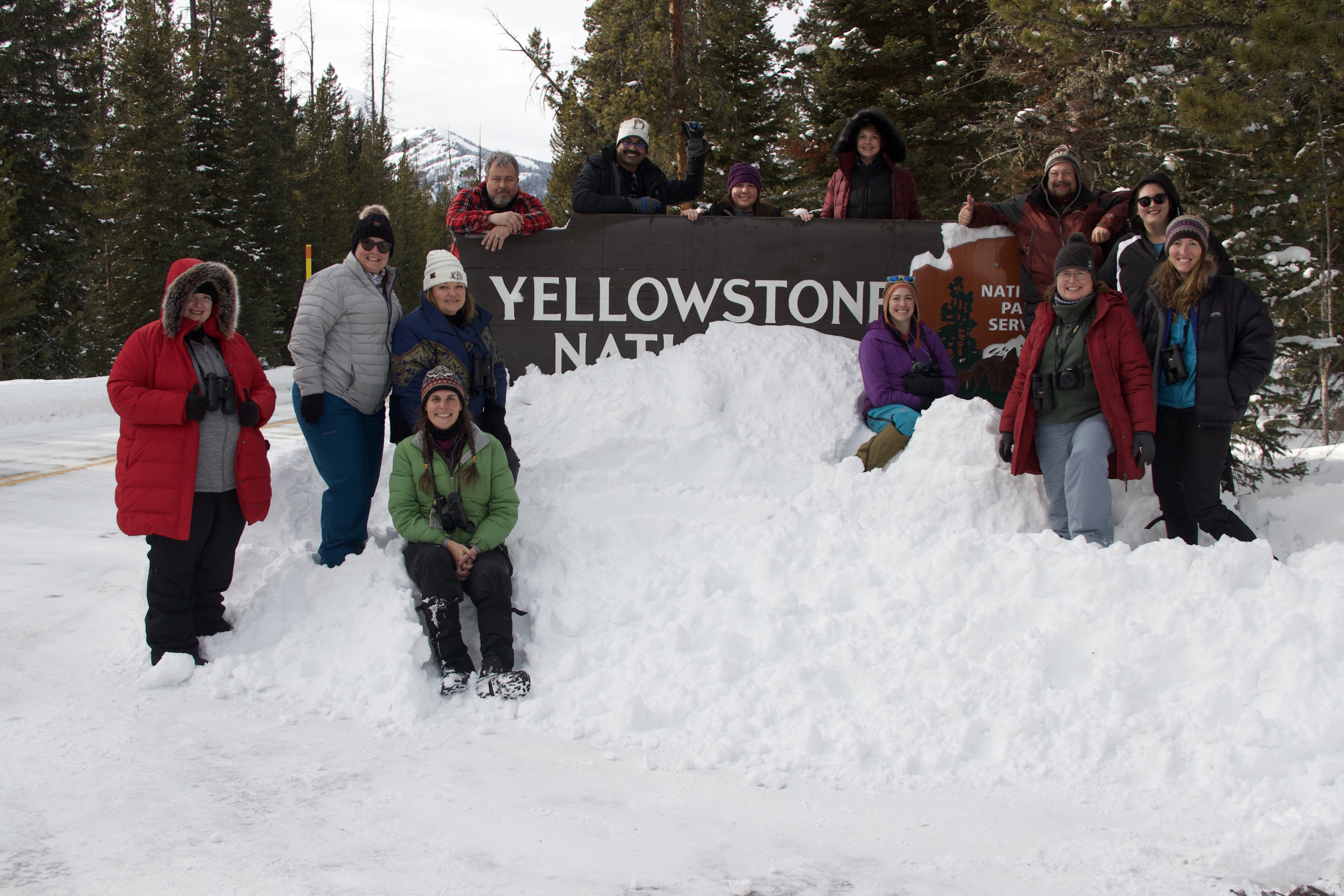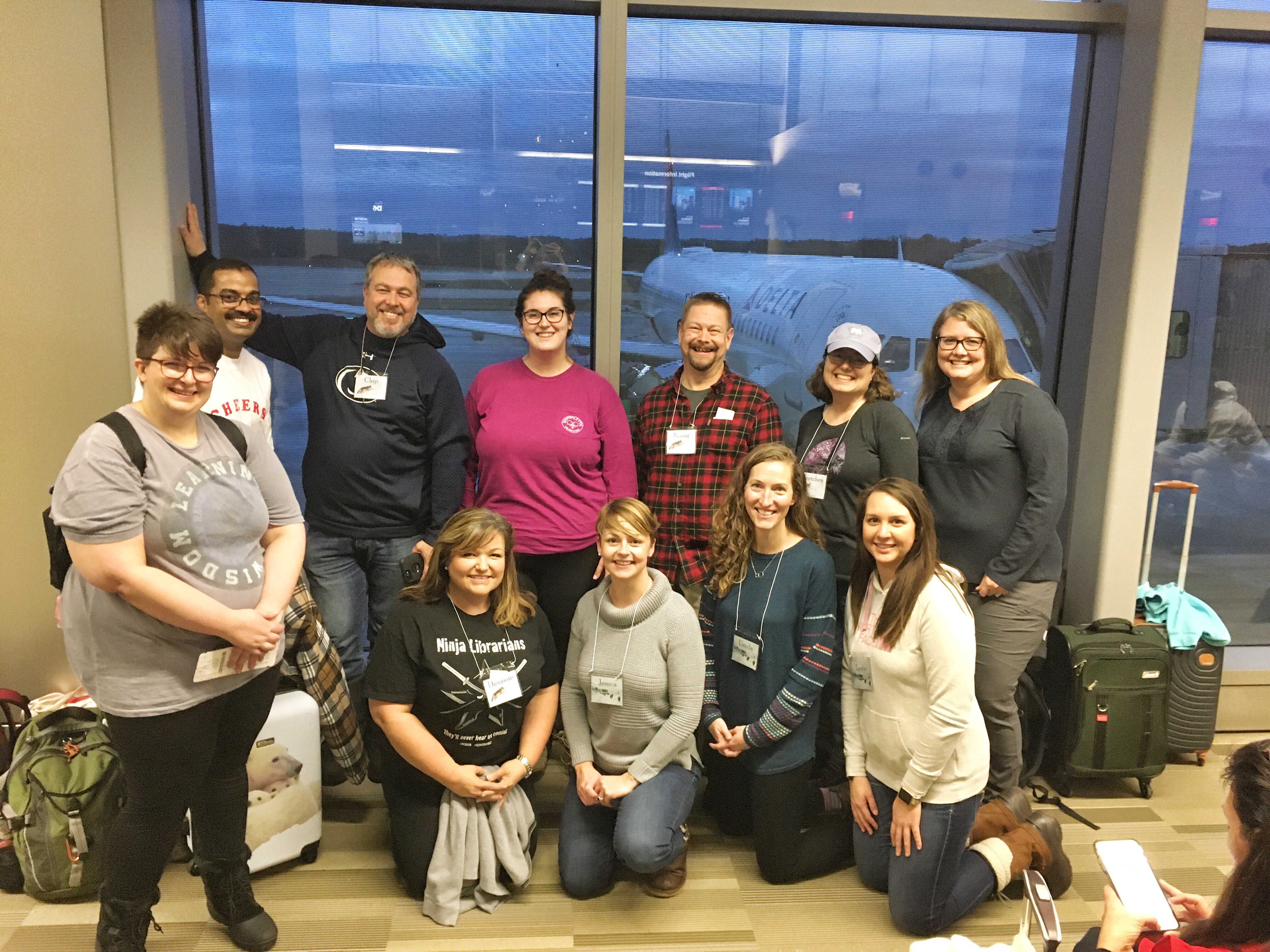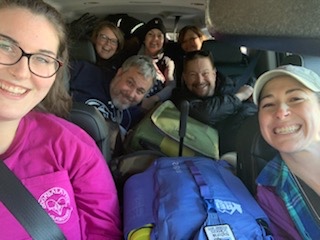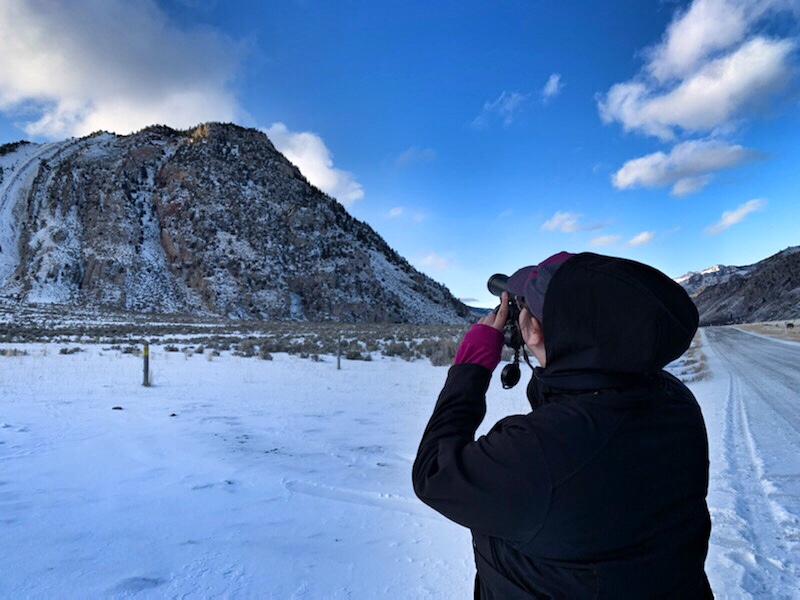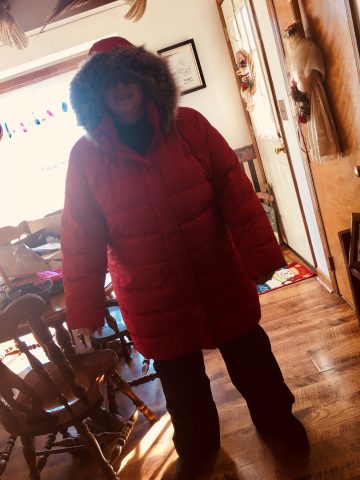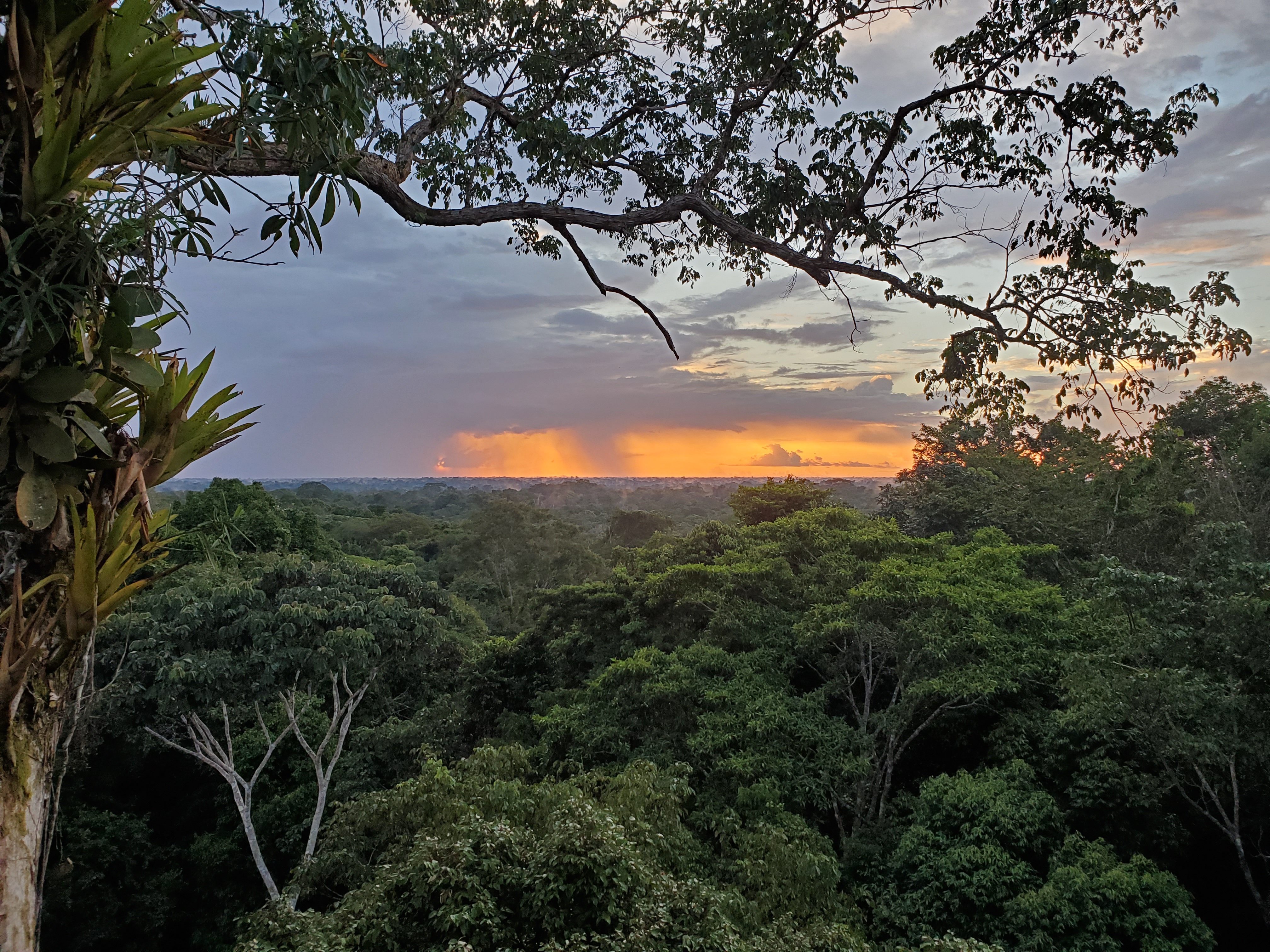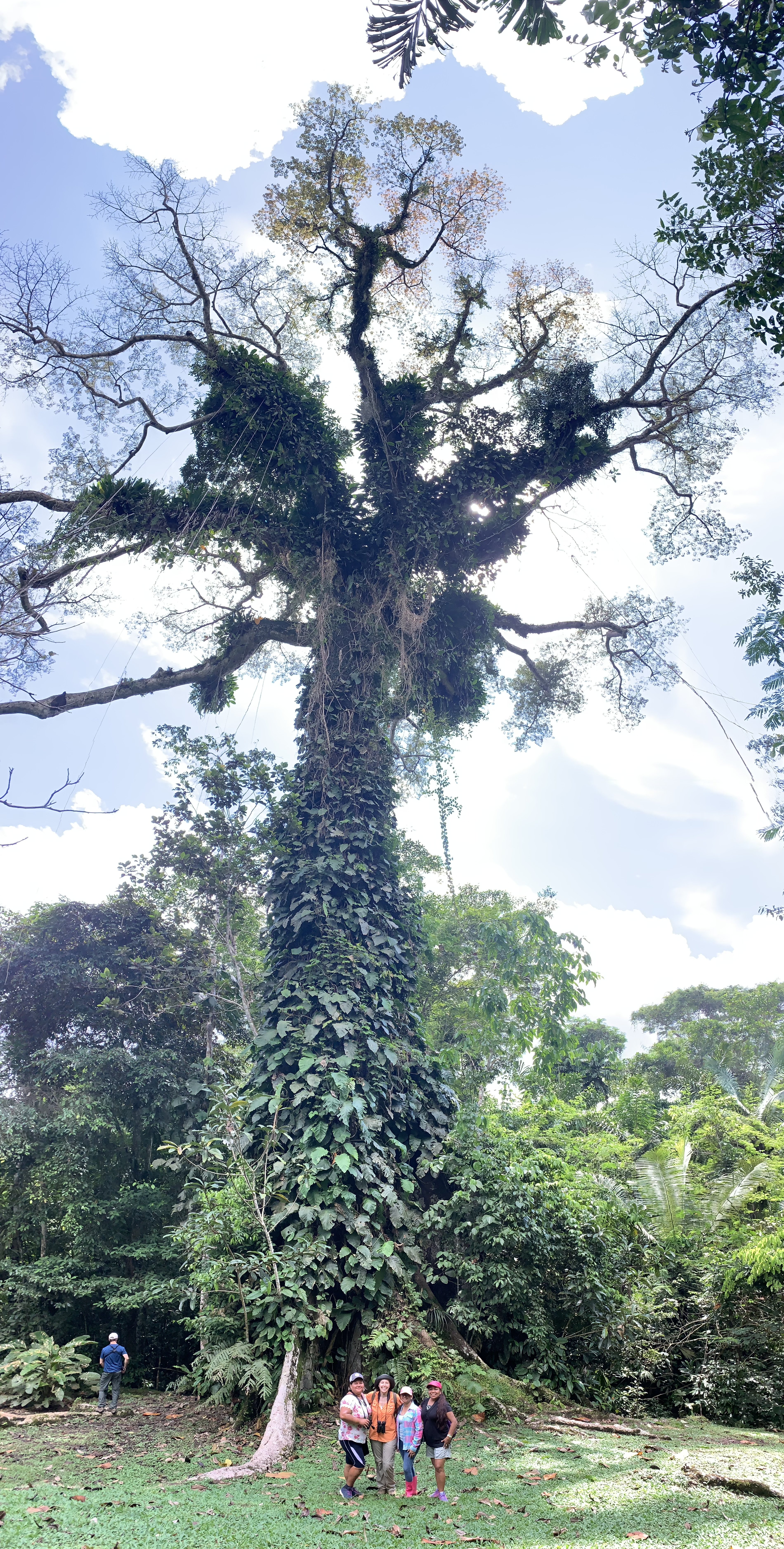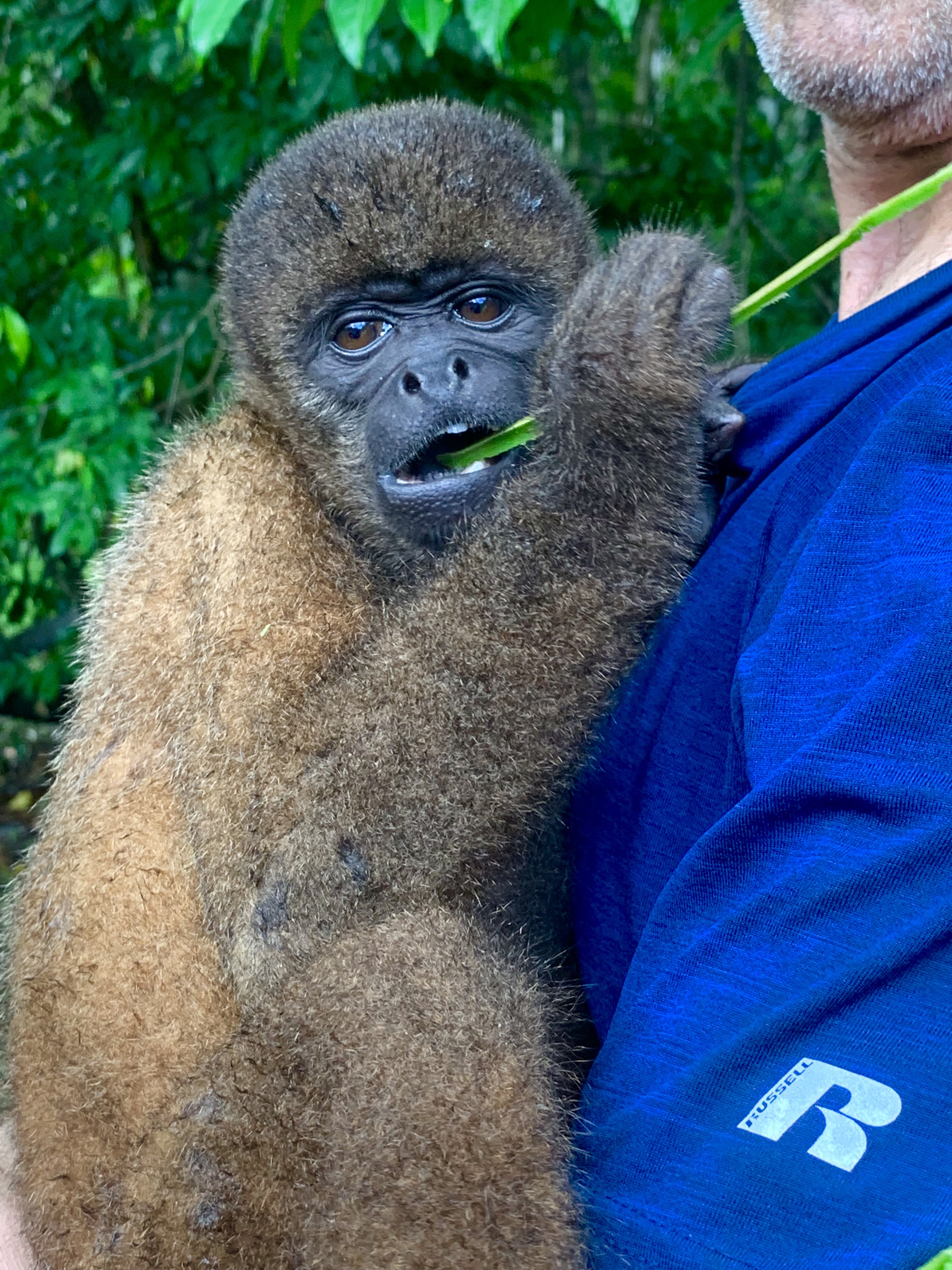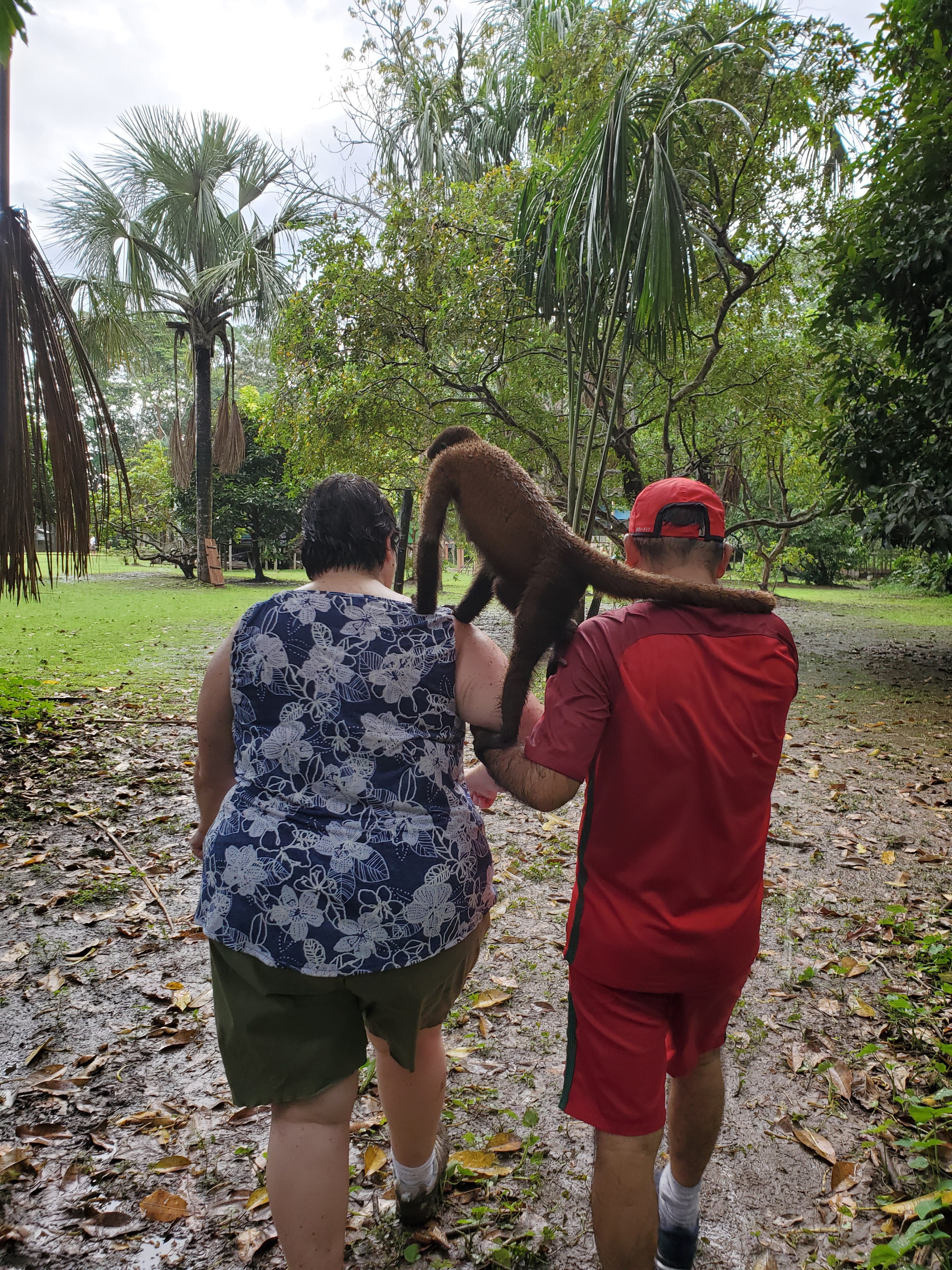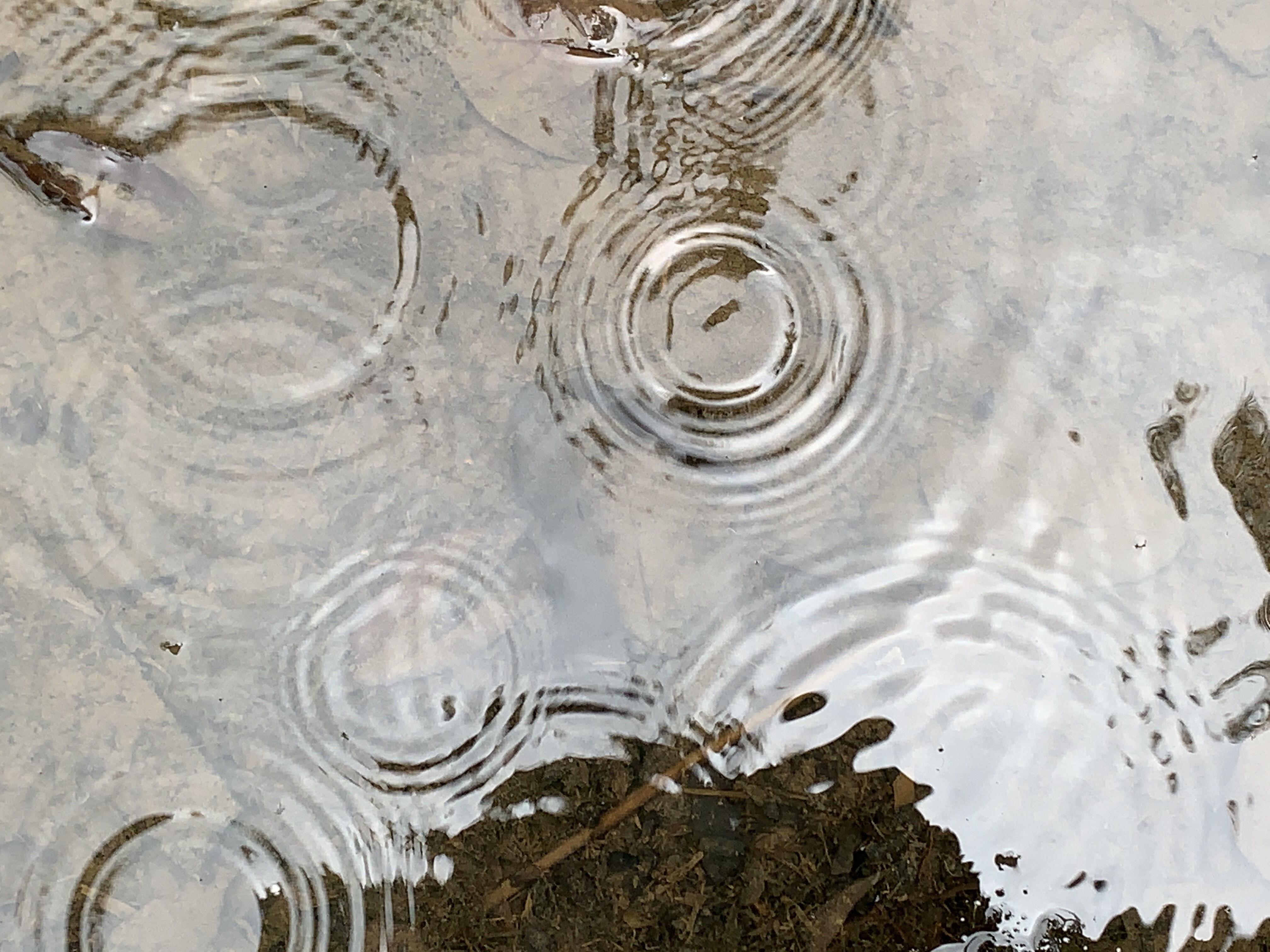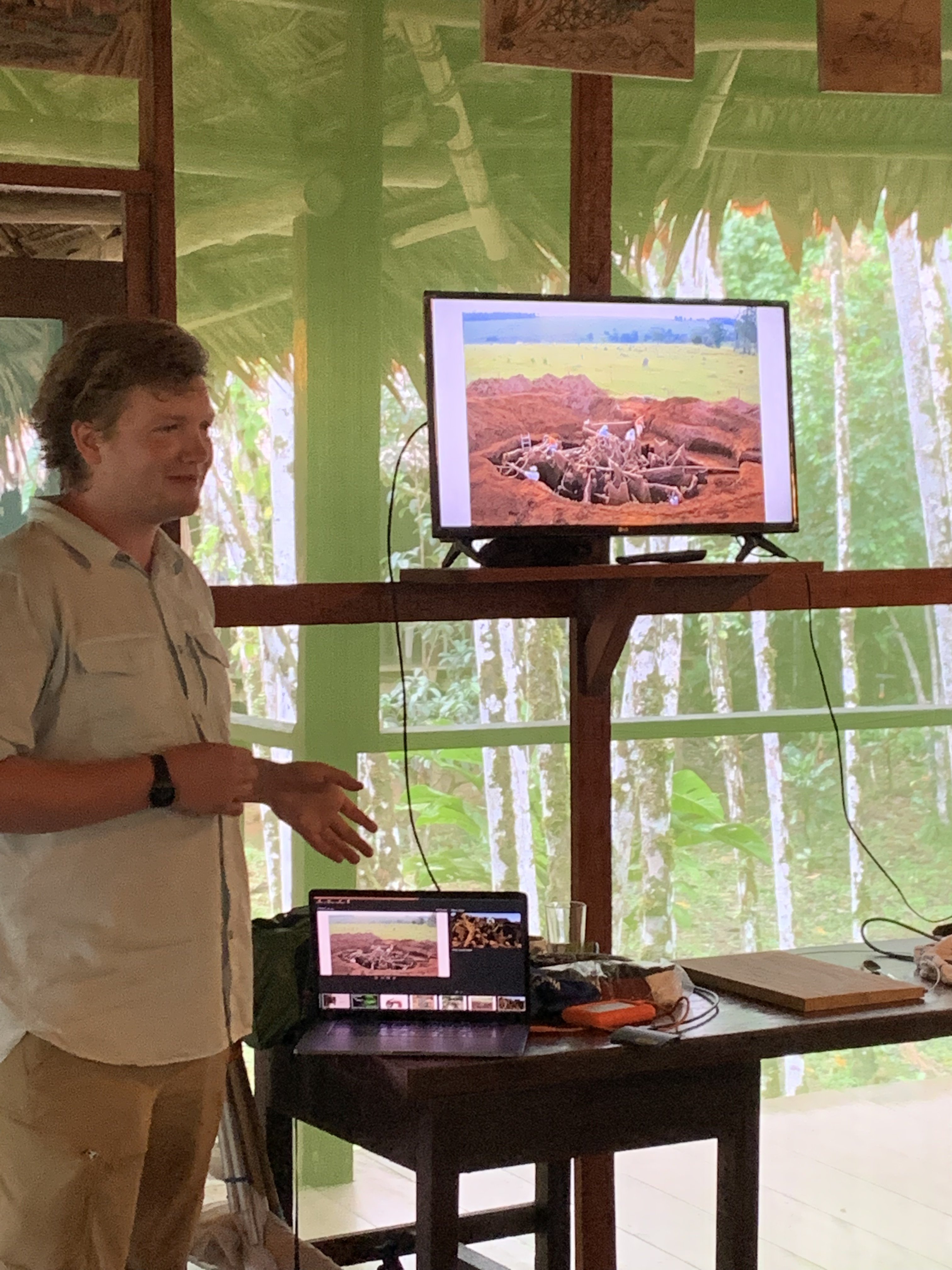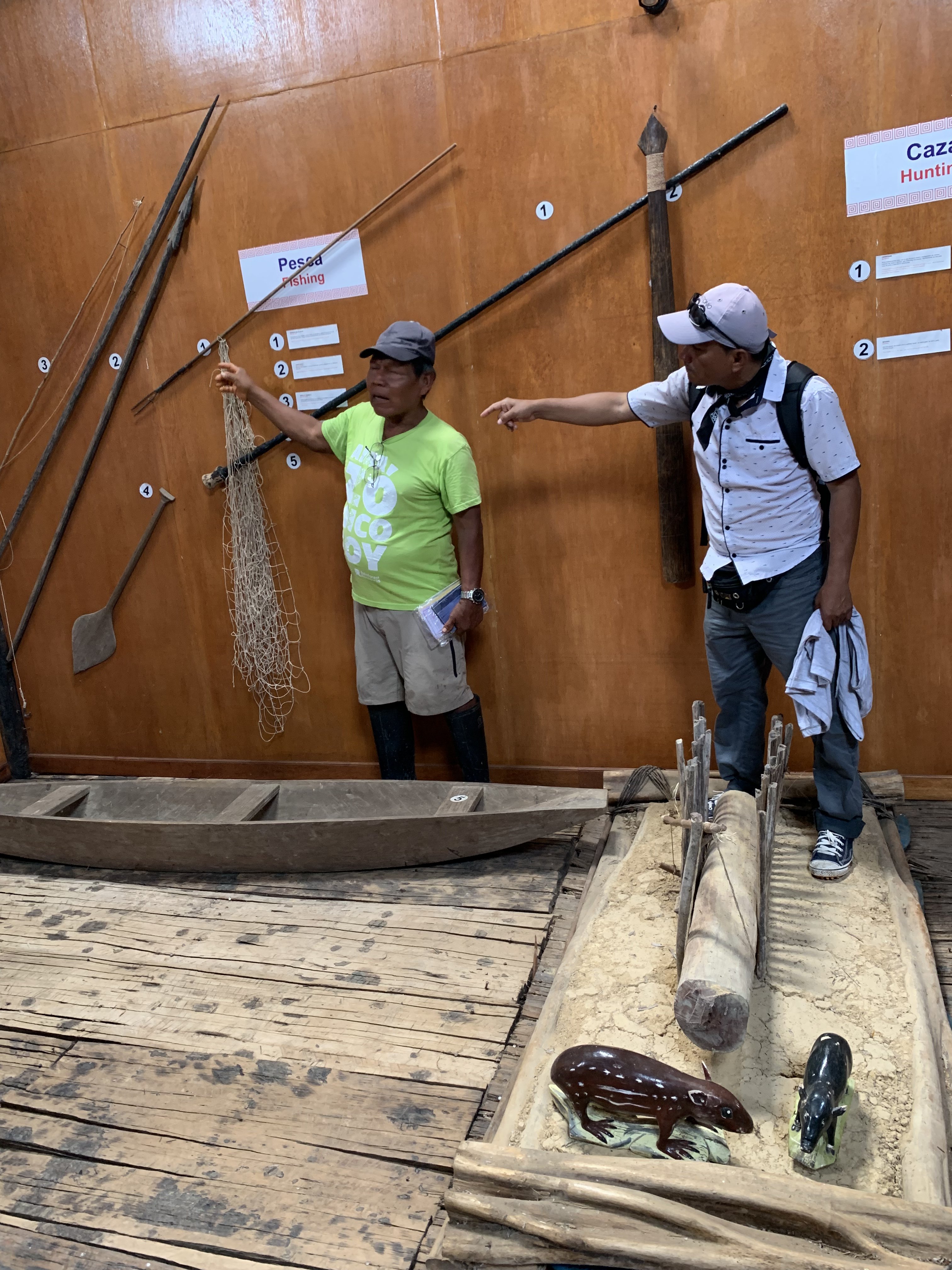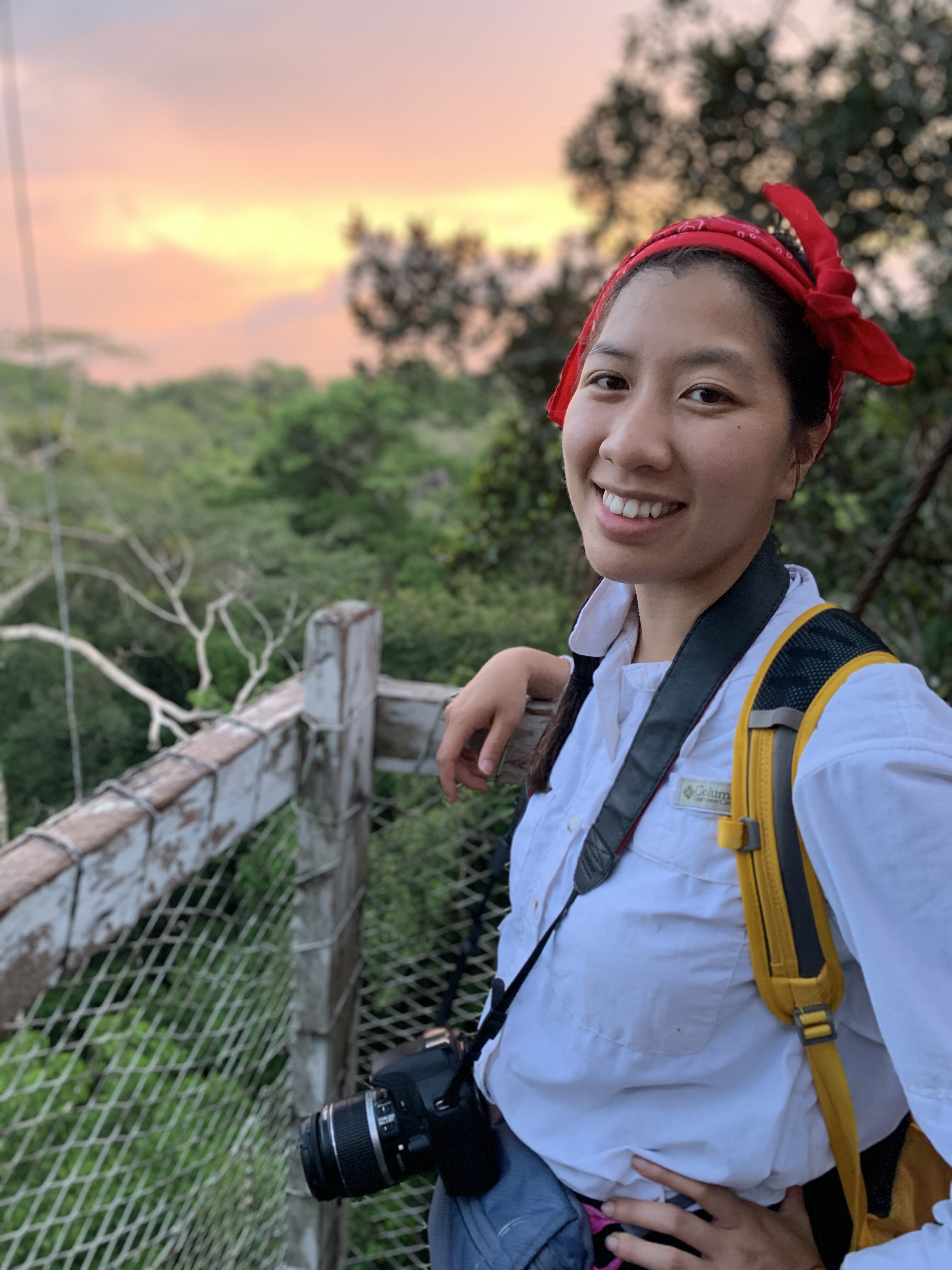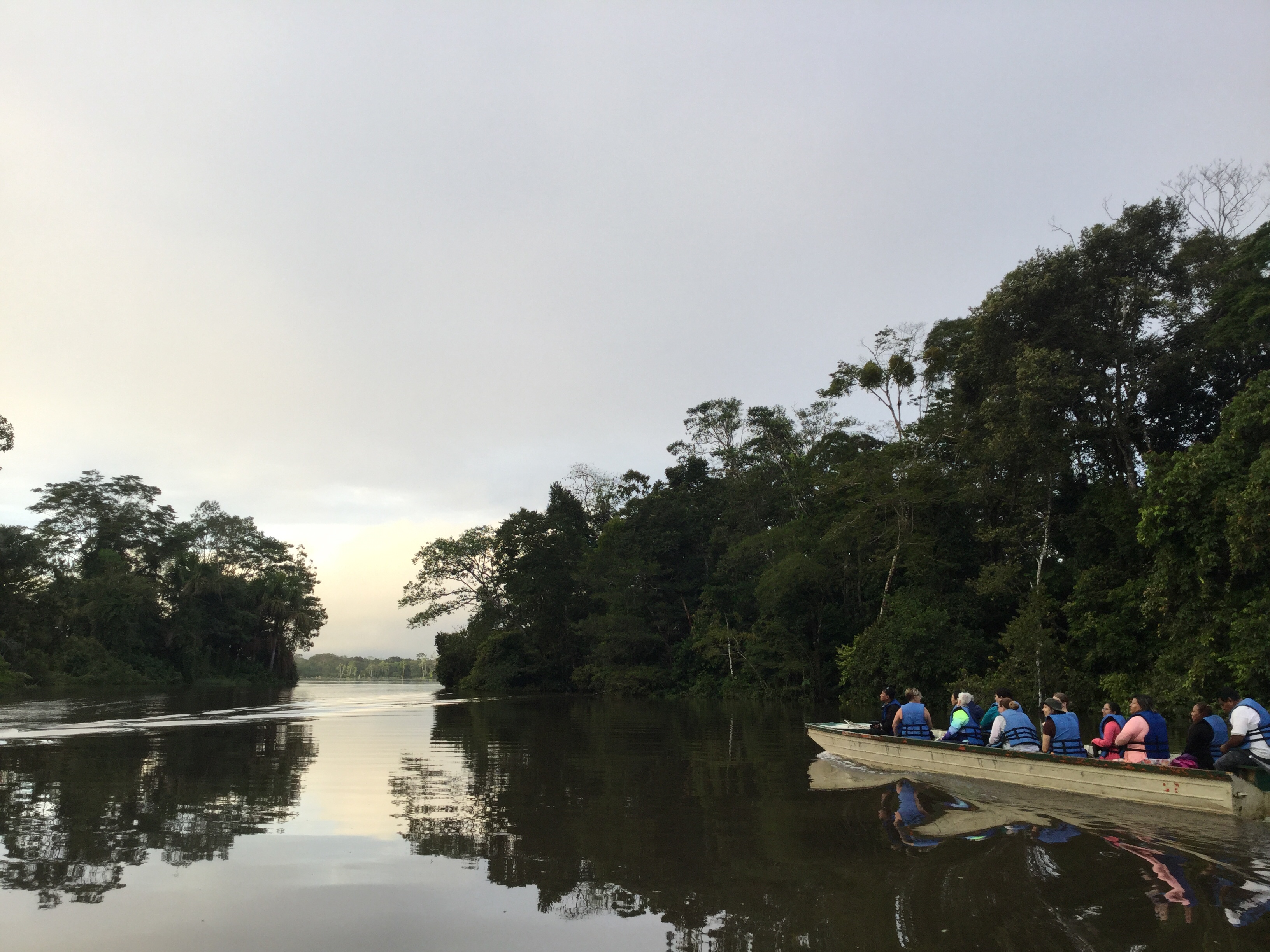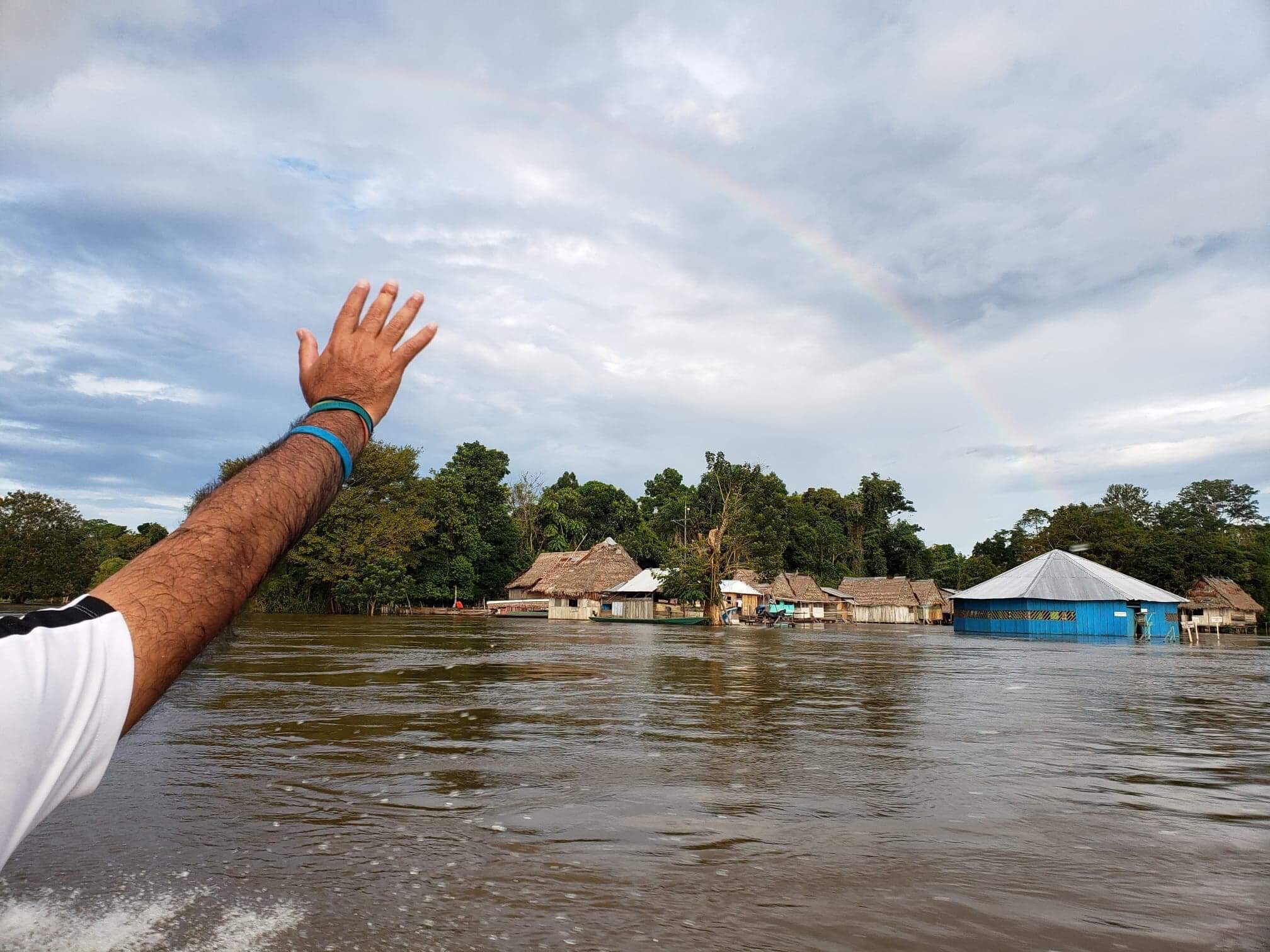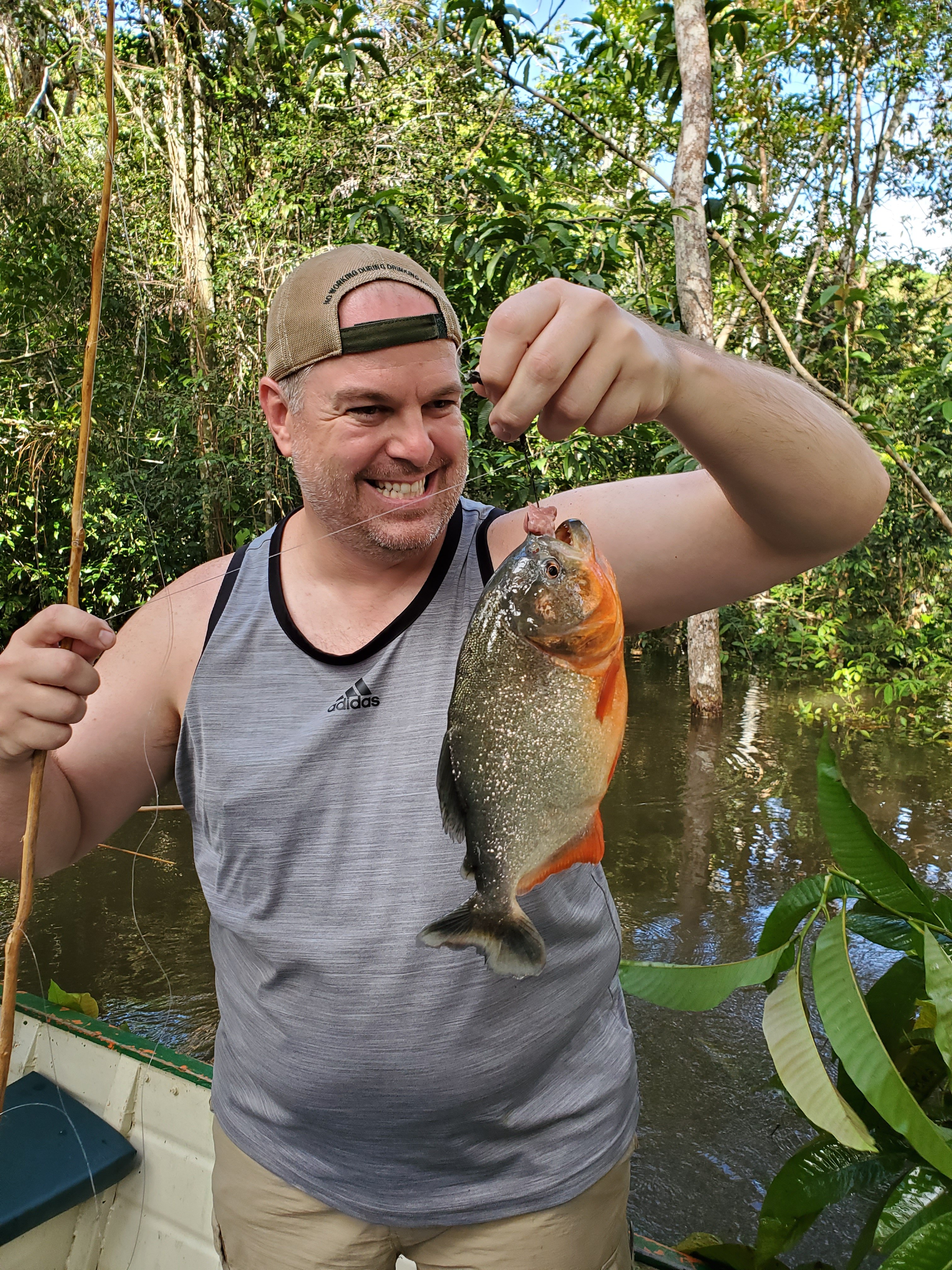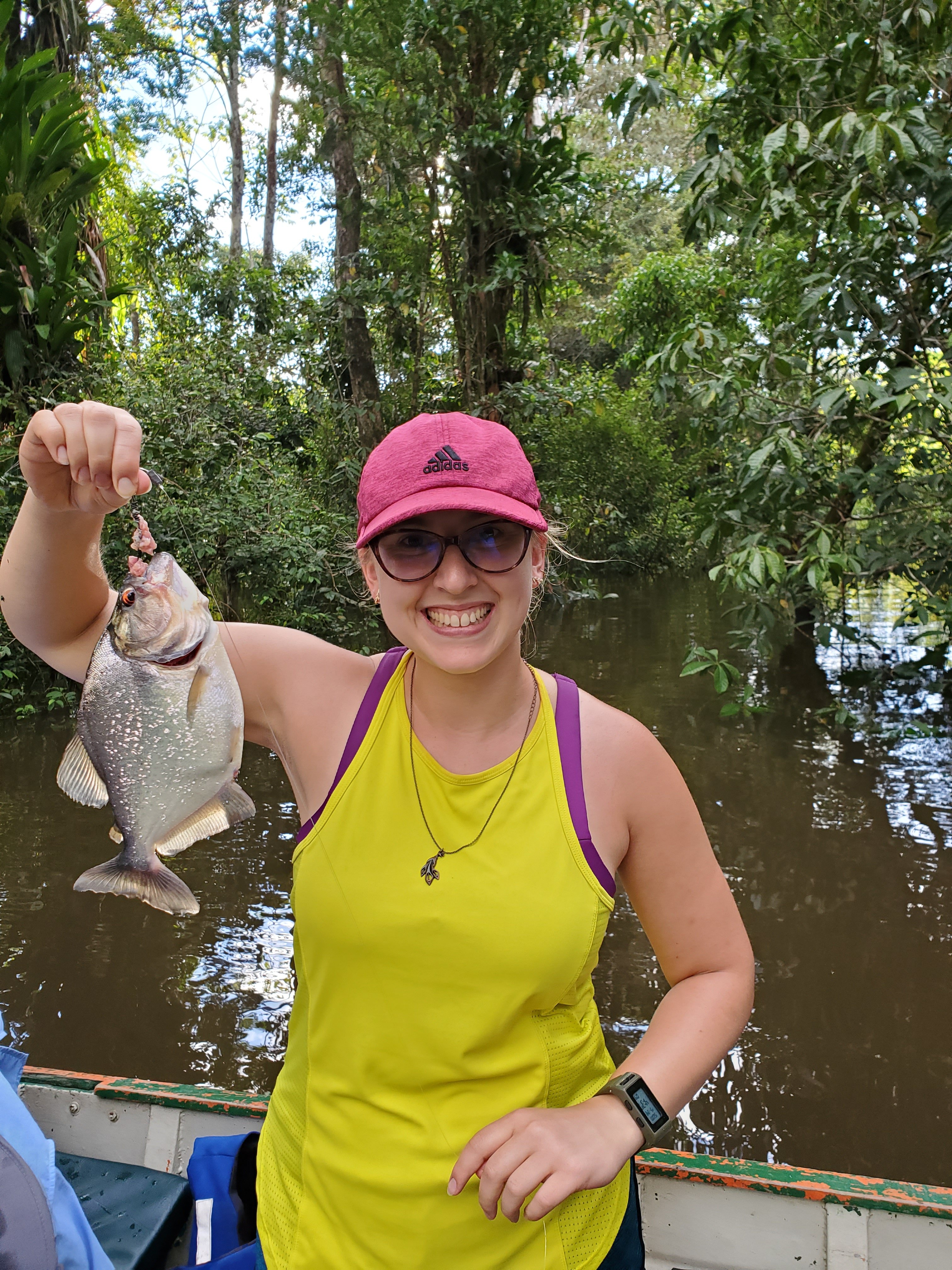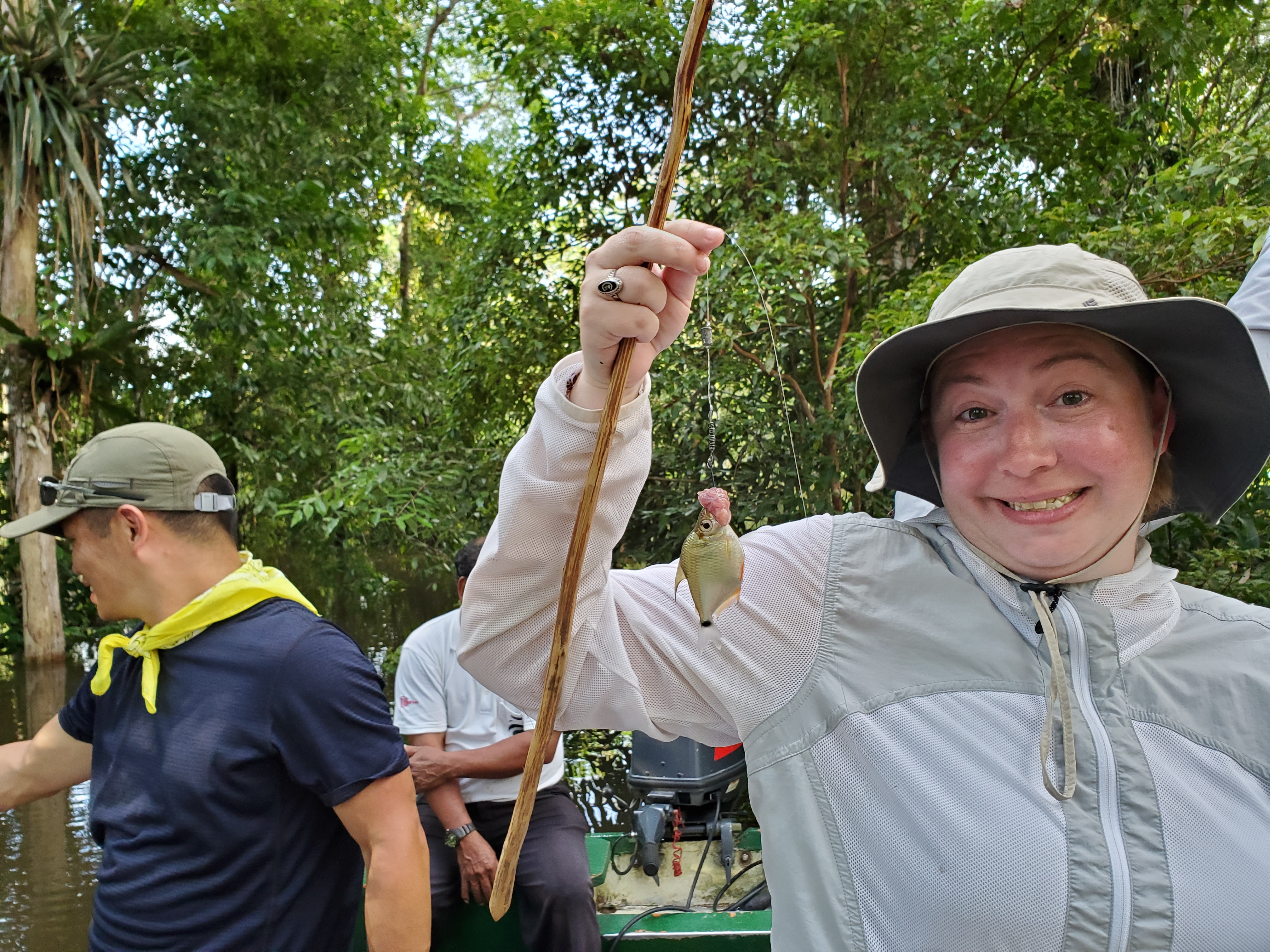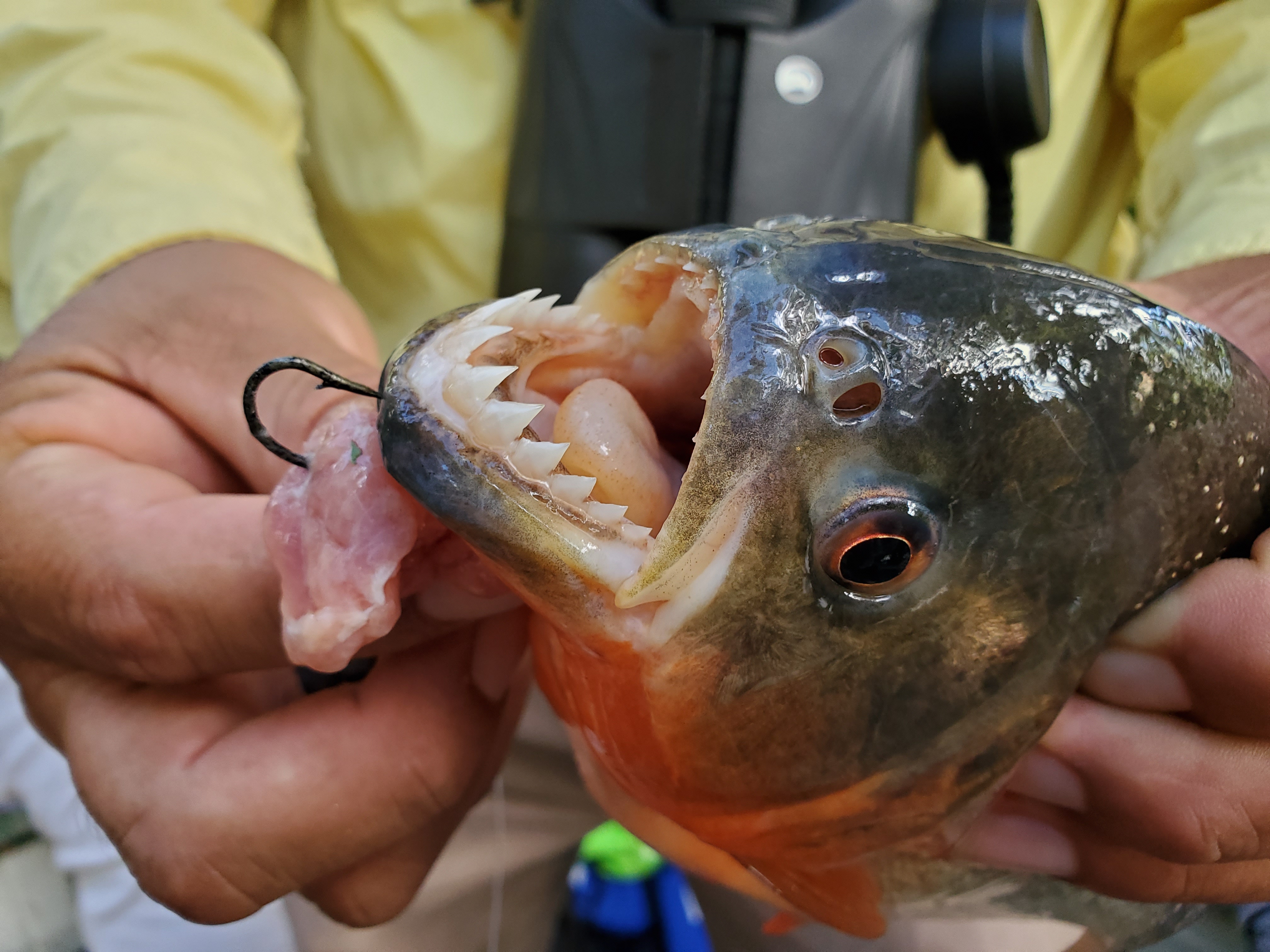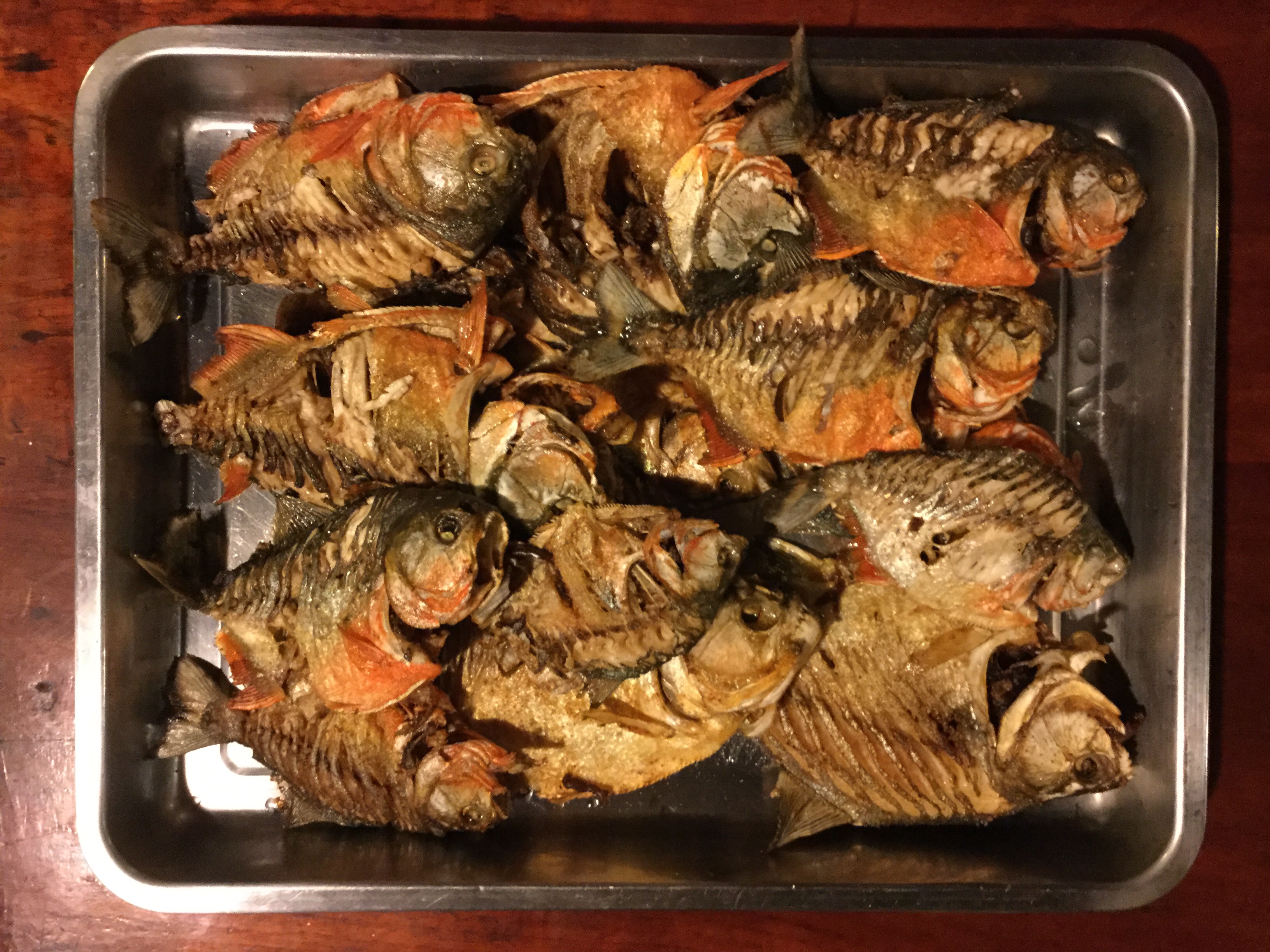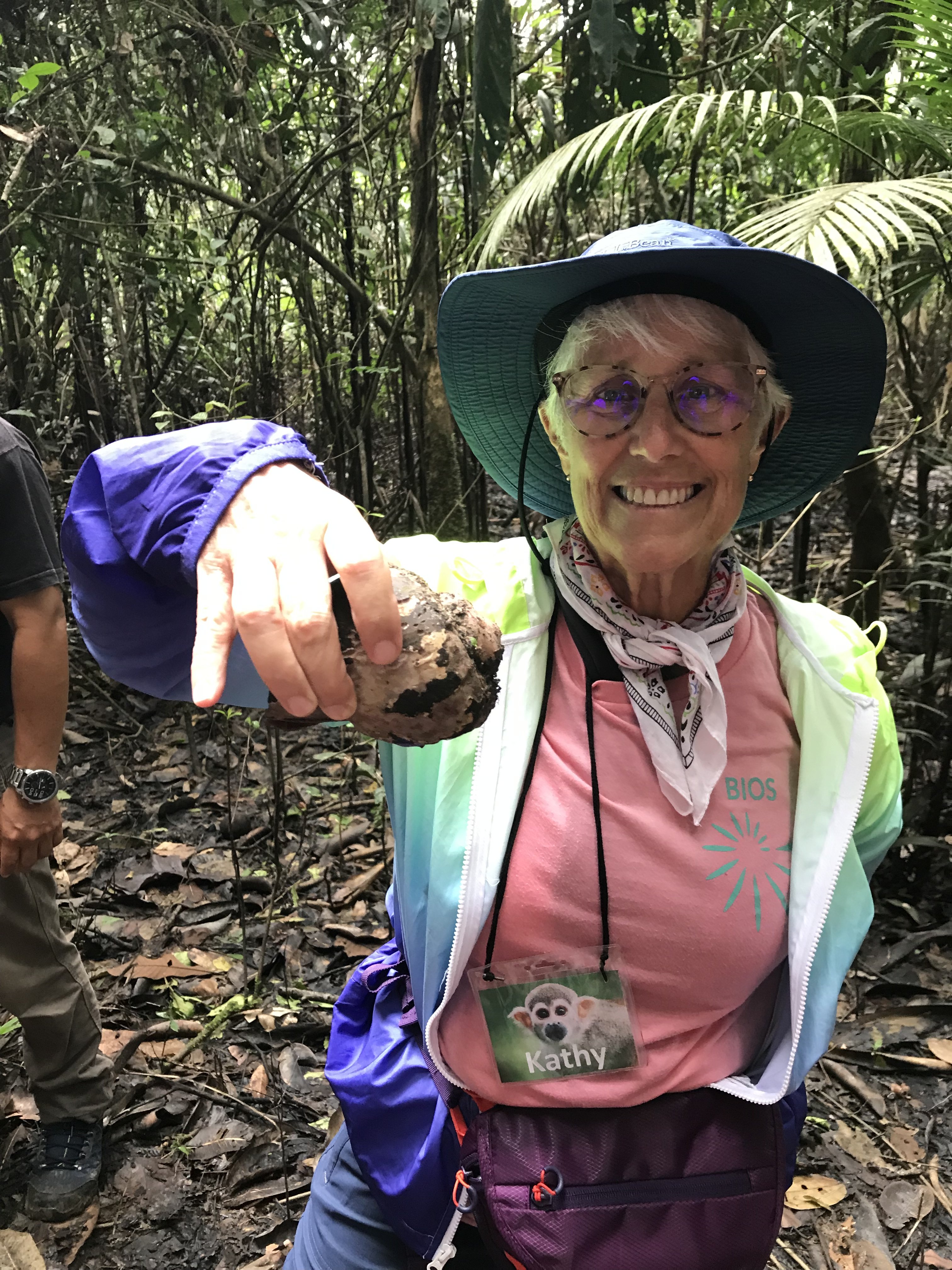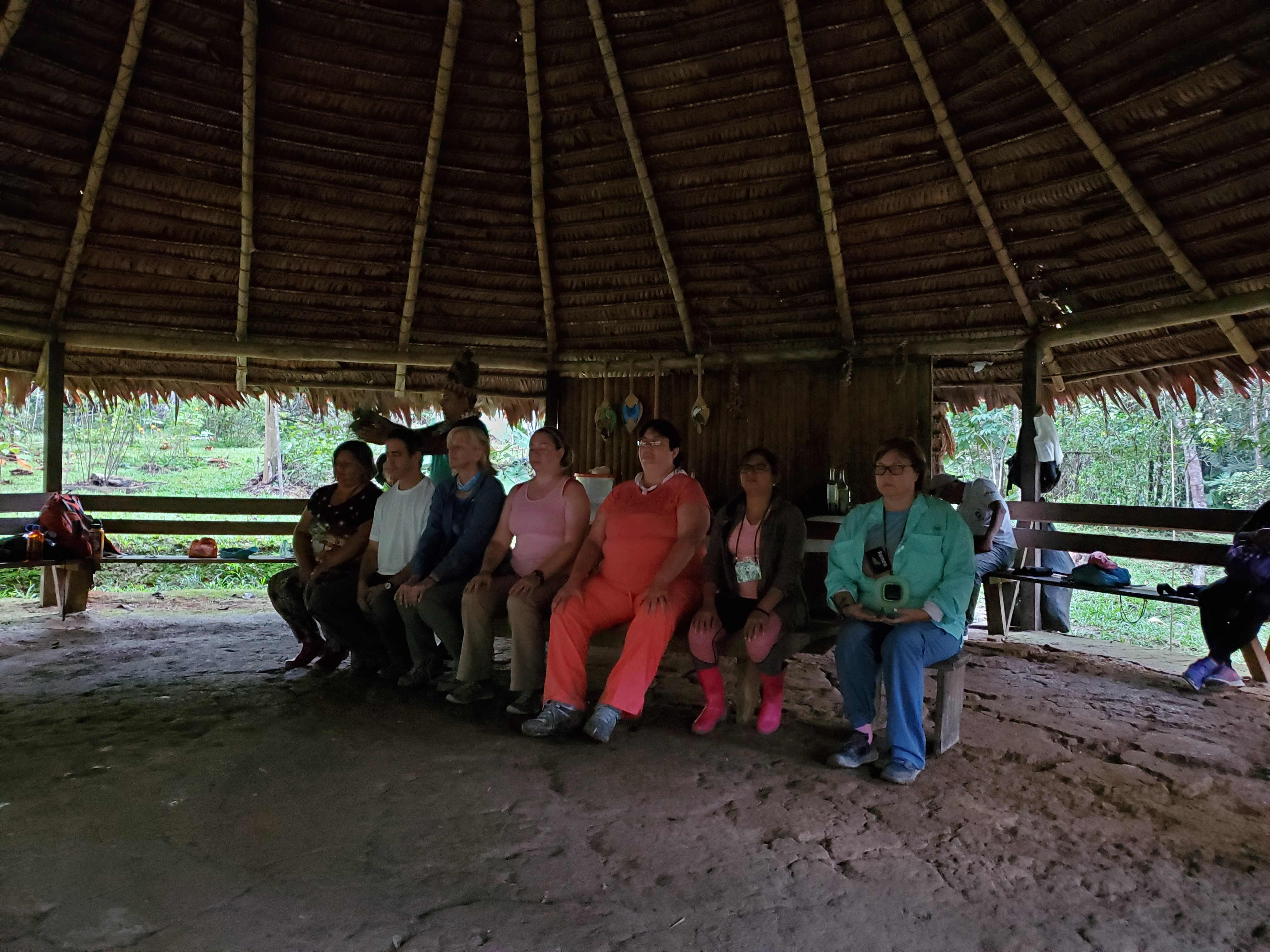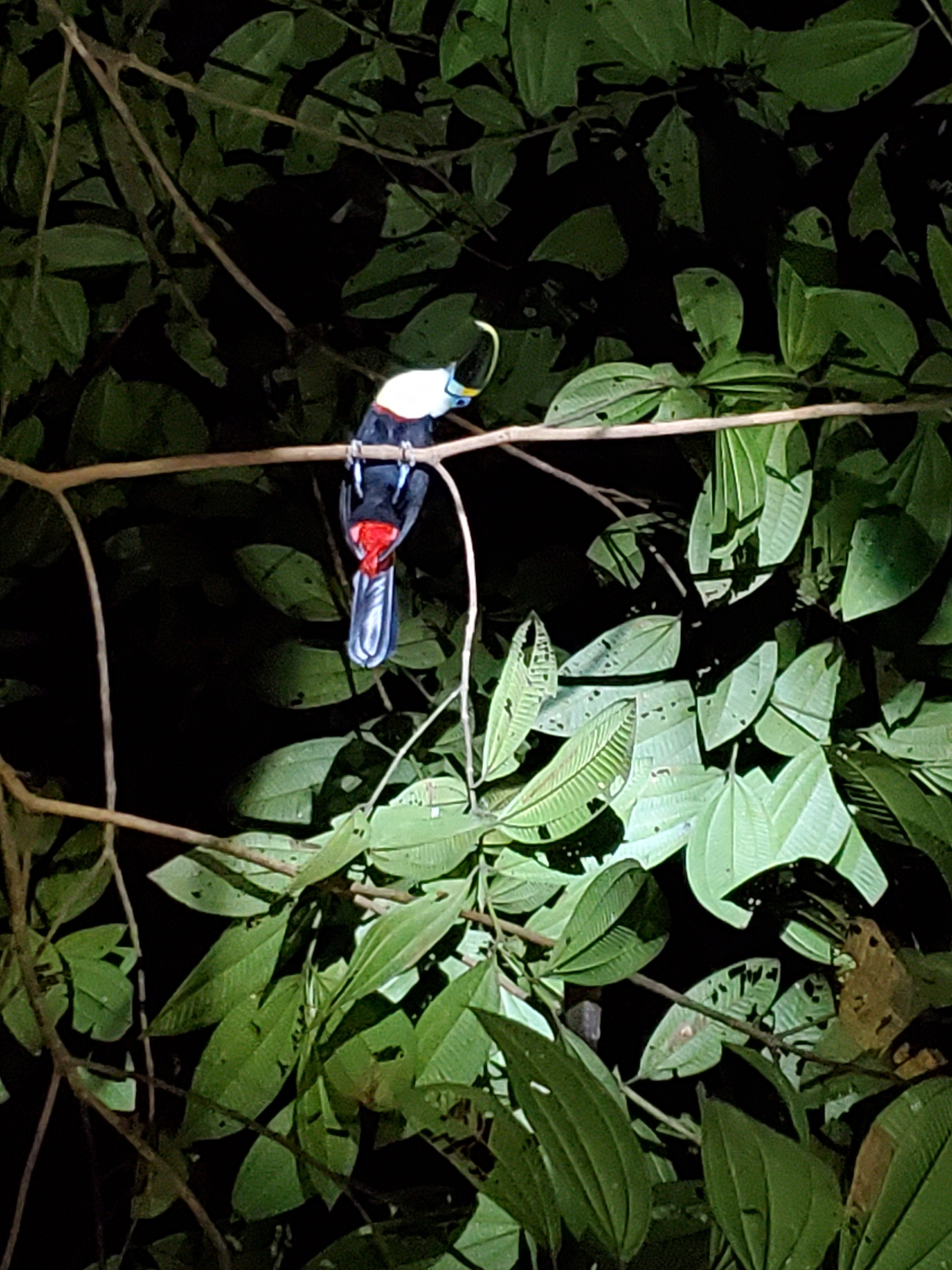“All creatures great and small”
January 17, 2020 - 11 Comments
We woke up to a beautiful blanket of white covering the ground. With snow falling, we loaded up in anticipation for all the animals we hoped to see throughout the day. Within minutes of leaving the hotel, the adventure for the day started!
Giddy with excitement, we eagerly spotted a large group of animal enthusiasts and photographers at Tower Junction. We knew we were in for an amazing treat! On the rolling ridge, bison grazed on grasses. Upon closer inspection of the herd, we captured our first views of the infamous Yellowstone wolves. Our childlike enthusiasm bubbled as we quickly set up our scopes, pulled out our binoculars and prepped our cameras for the wolves. We counted sixteen wolves ranging in color from black, light grey, to the white alpha female. The pack was actively moving across the ridge to the delight of all the watchers lined up. Three of the wolves were in a constant game of chase and tackle. You could feel the joy and companionship of the pack. As the alpha moved the pack would run and reposition. As they reached the top of the ridge it was as if they knew they were being photographed because the pack lined up across the top and begin walking. These magnificent views and interactions continued on the other side of the ridge so we quickly moved. From our new position we had an even closer view and we laughed and ohh and awed as they ran and frolicked down the hill. It was an amazing and awe inspiring experience.
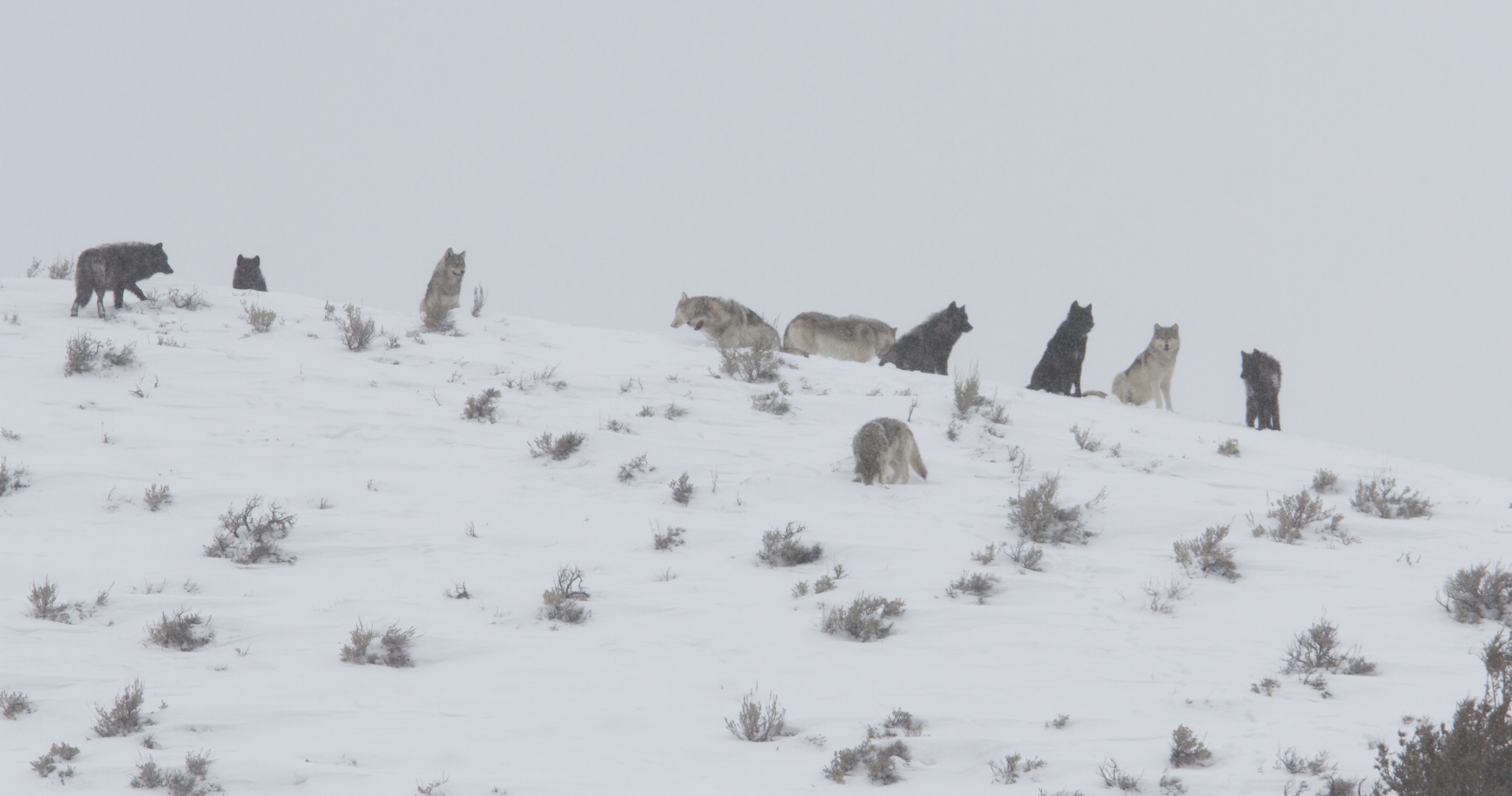
Wapiti Lake wolf pack
Second only to the wolves themselves we met Rick McIntyre, retired Yellowstone Wolf Project employee, wolf watcher, and writer, and Doug Smith, Senior Wildlife Biologist and Wolf Project Manager for Yellowstone National Park. We had the opportunity to hear them tell stories about the wolves and answer our questions. We totally “fan girled” and asked for autographs and selfies.
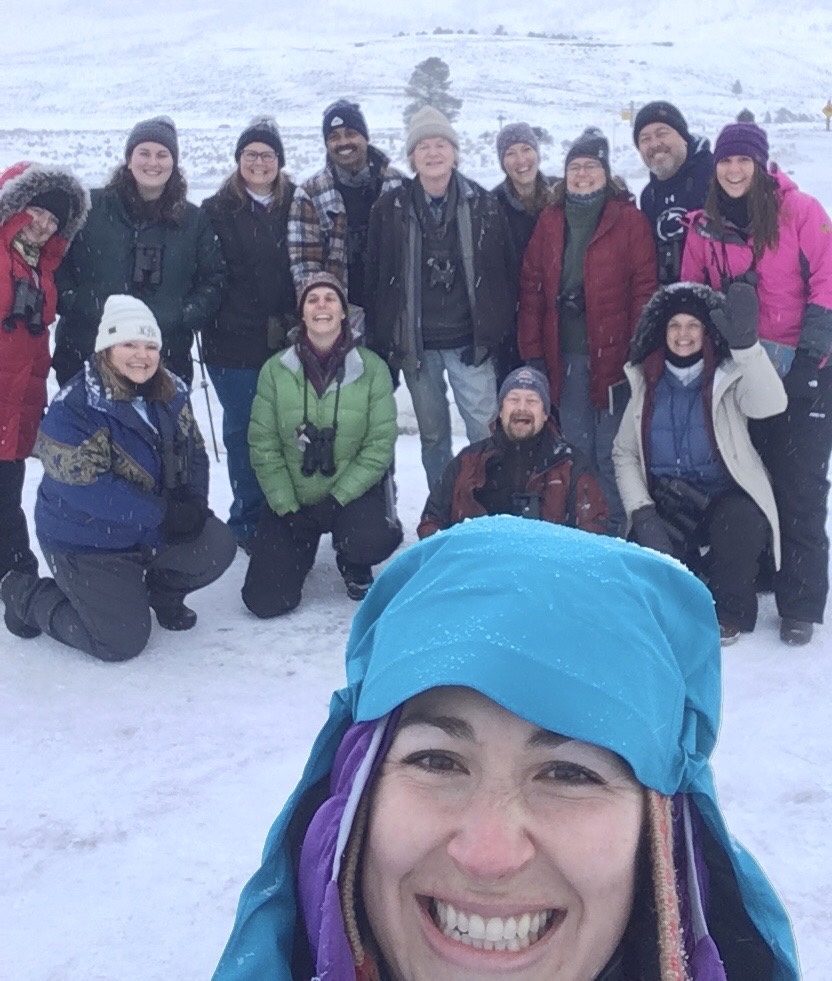
The group selfie with Rick McItyre
In addition to the Wapiti Lake Pack we saw two coyotes, two pairs of bald eagles, ravens, magpies, a moose, lots of bison, and five Rocky Mountain bighorn sheep. To not be out done by the wolves two of the bighorn sheep decided to head-butt each other right in front of us. And this folks was all before 11:30am.
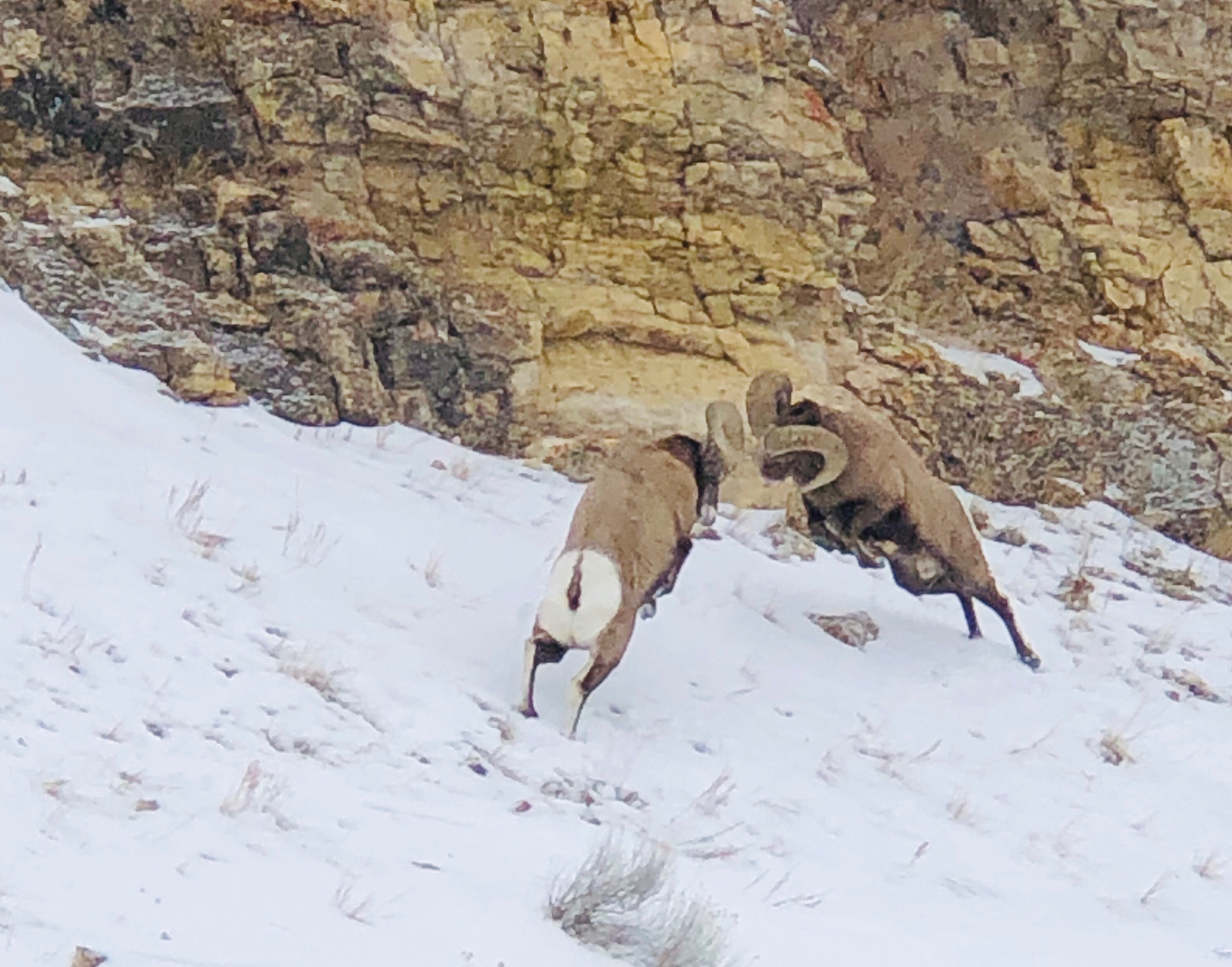
It’s not the mating season, which is usually November, but these two bighorn sheep exhibited their territoriality by rearing up and butting heads with a loud crash.
After a delicious lunch at Buns and Beds we headed to meet Cindy and Dan Hartman, leading wildlife photographers and naturalists, at their home on the edge of the park. He started our education by taking us on a snowshoe hike through his backyard. He enthralled us with stories of owls, voles, and moose. Then from the cold he took us into his home to get down to the heart of the matter. All animals deserve our respect and protection. He showed us his astounding photography of all the animals large and small but drew our attention to the smaller species that are the first impacted by human interactions like the pika that we must hold in the same esteem as the wolves.
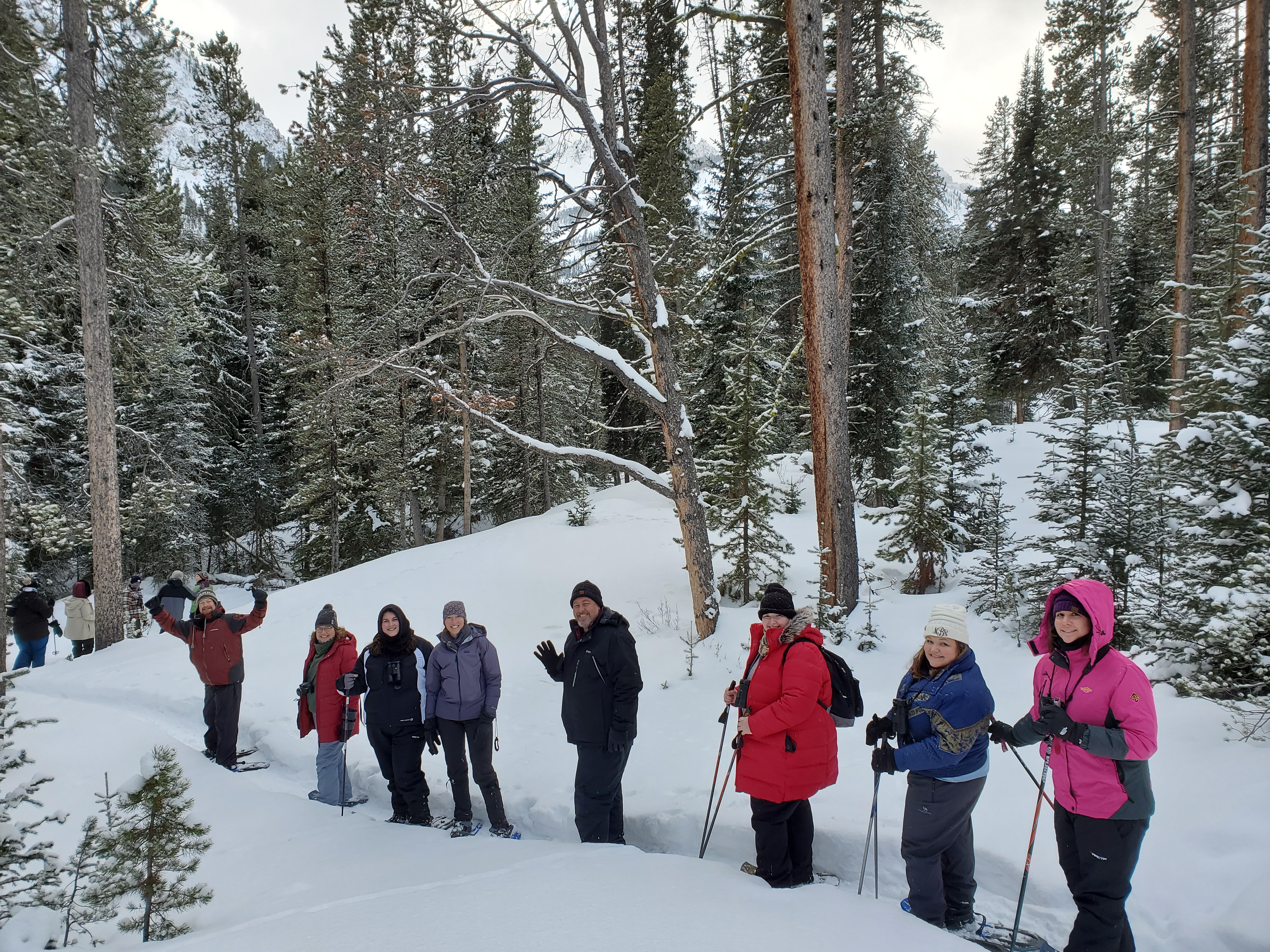
Snowshoeing with Dan Hartman
Our final moment in the Lamar Valley was to soak in a sunset in silence.
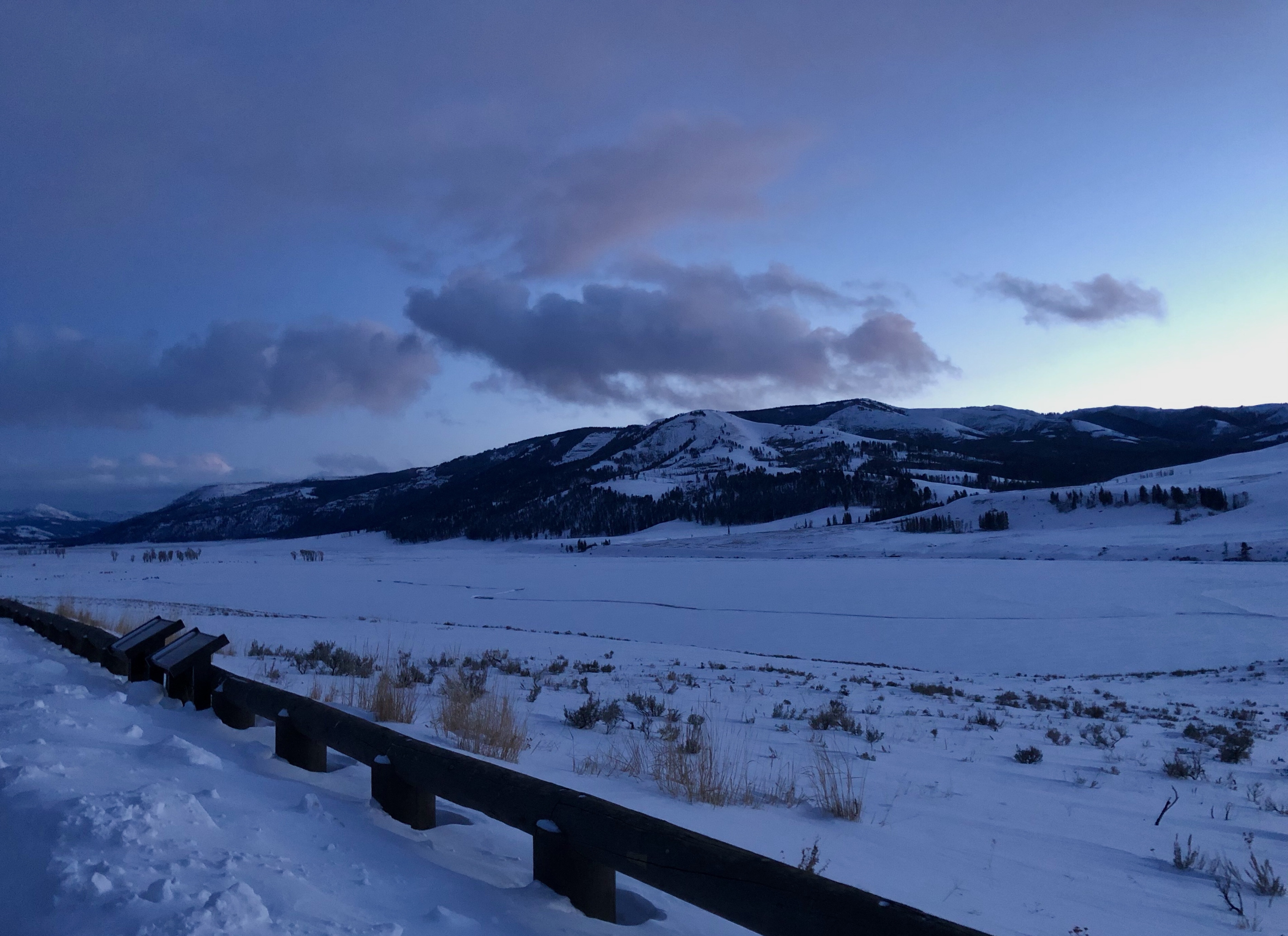
Sunset in Lamar Valley
I felt my lungs inflate with the onrush of scenery- air, mountains, trees, people. I thought, ‘This is what it is to be happy.’ ~Sylvia Plath, The Bell Jar, 1963

